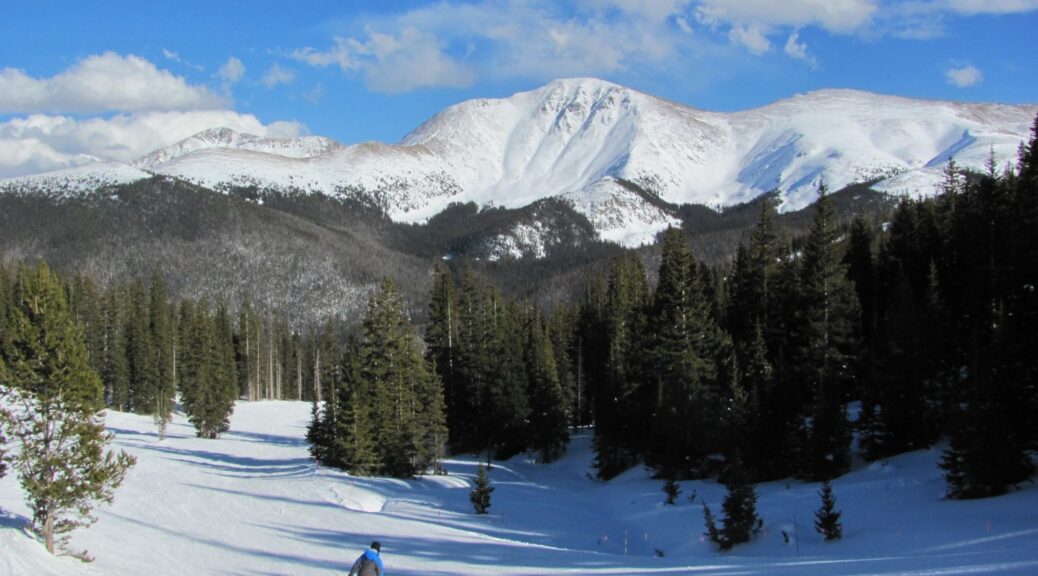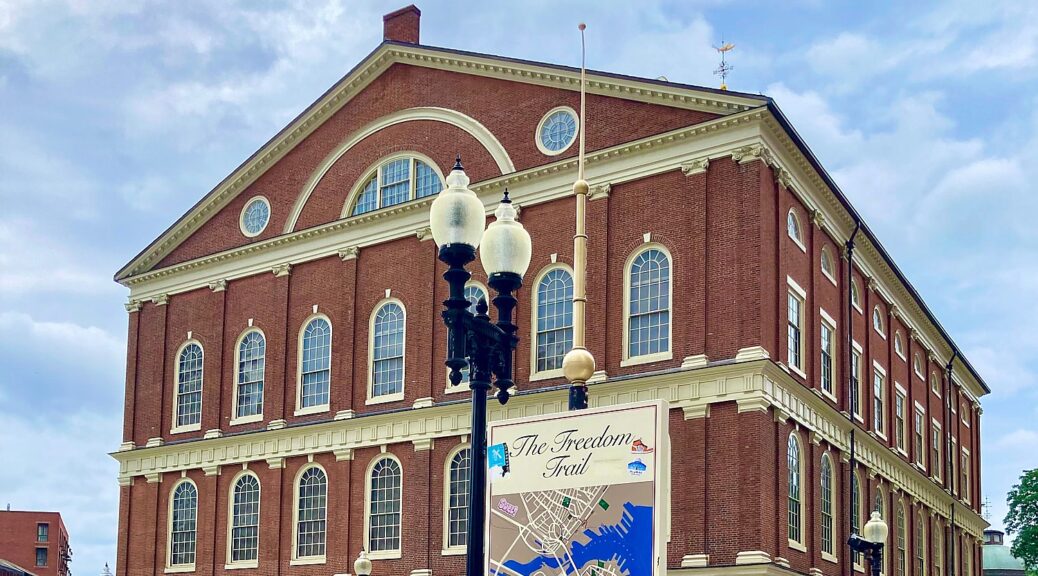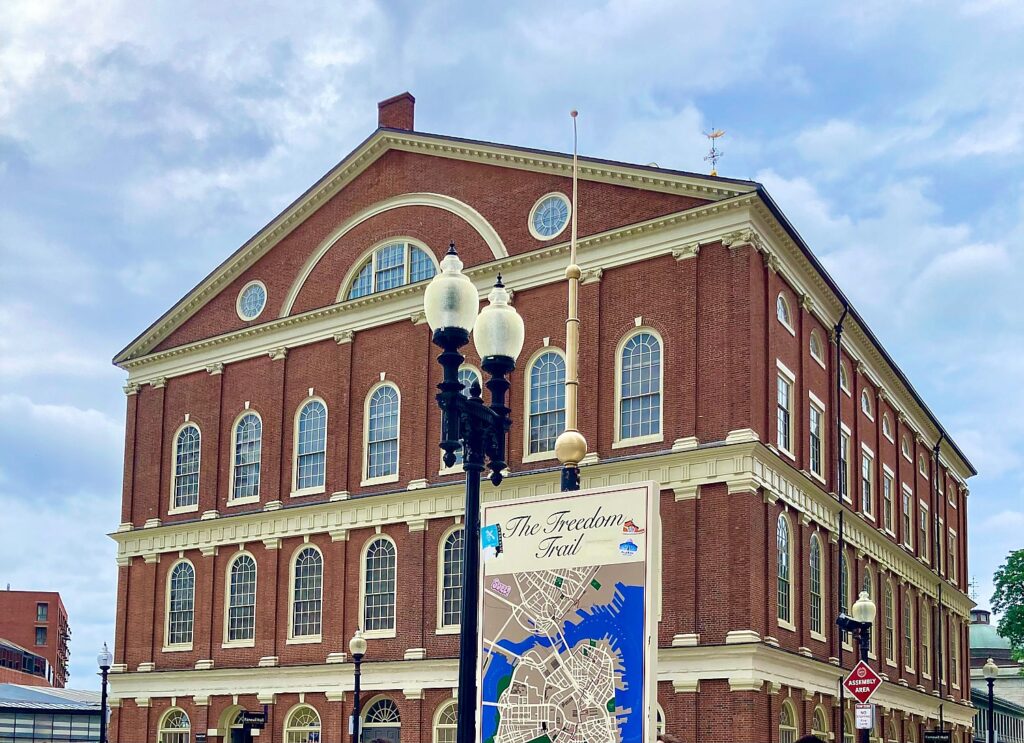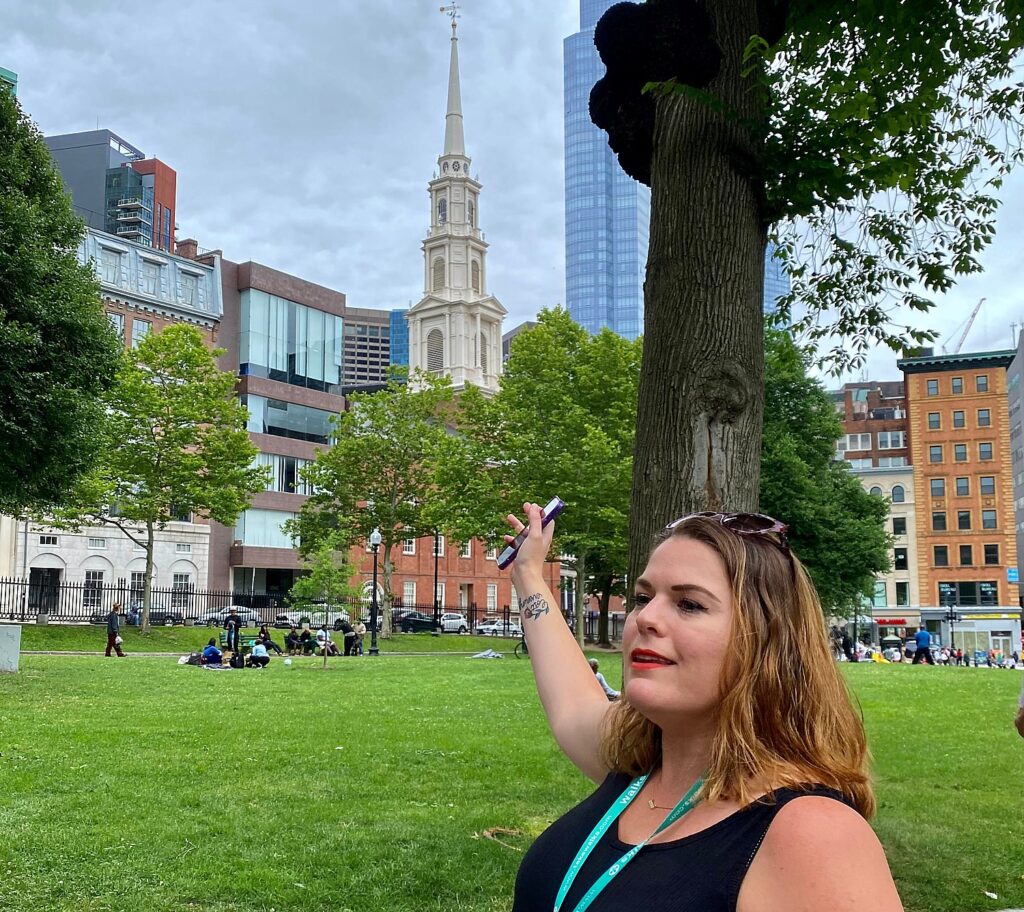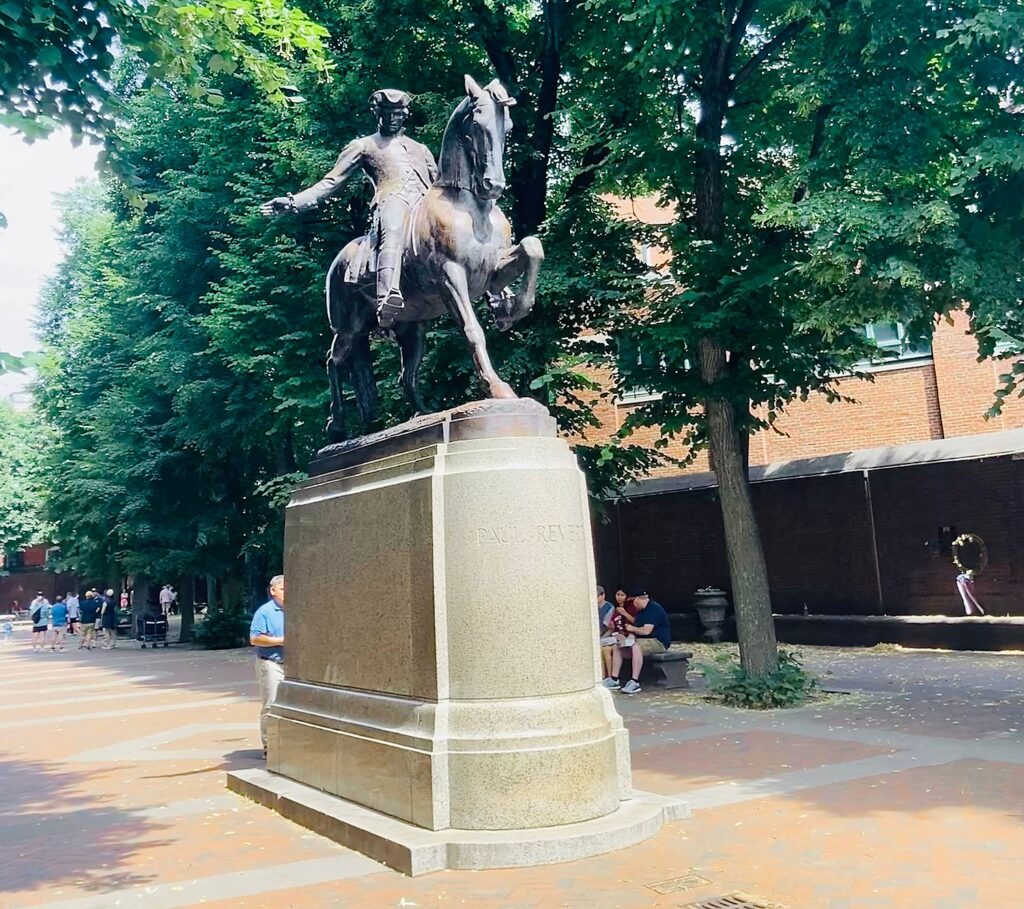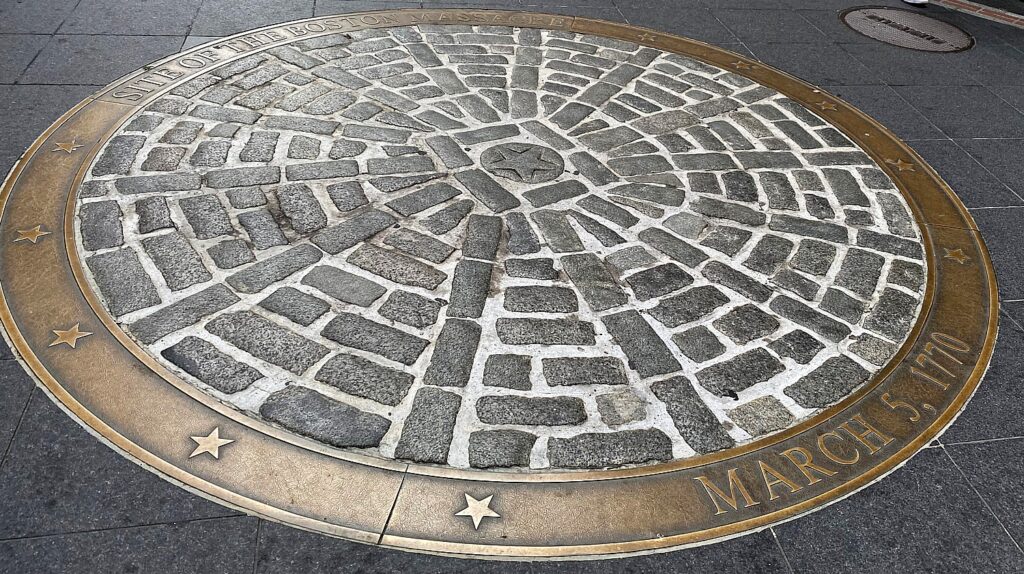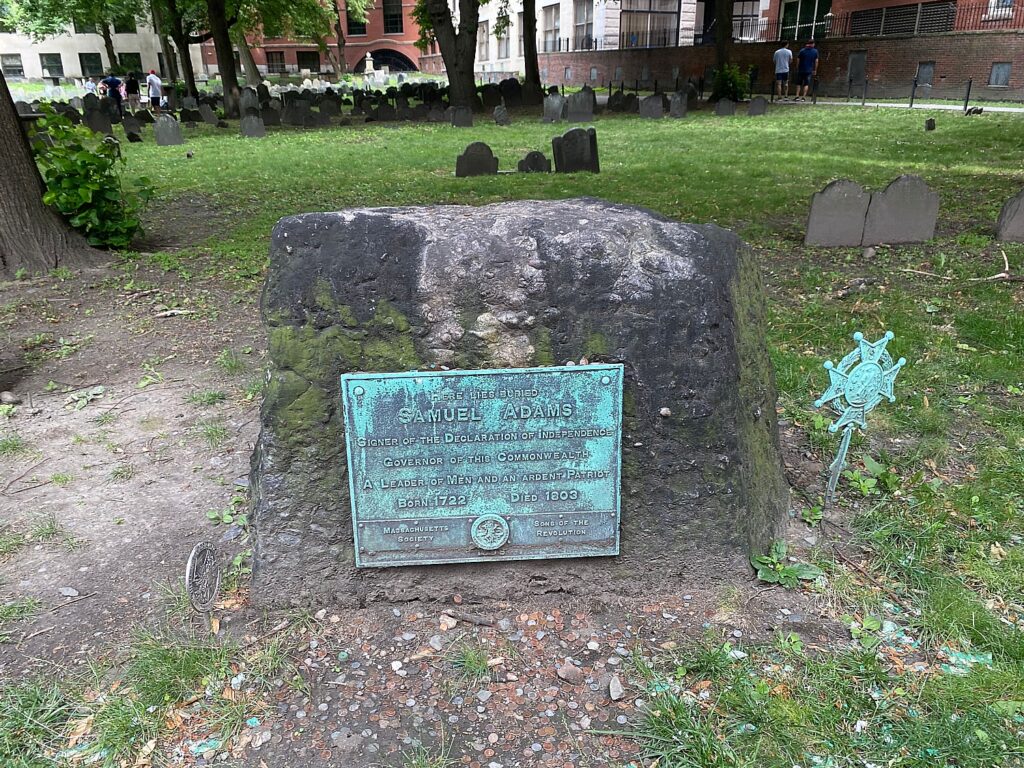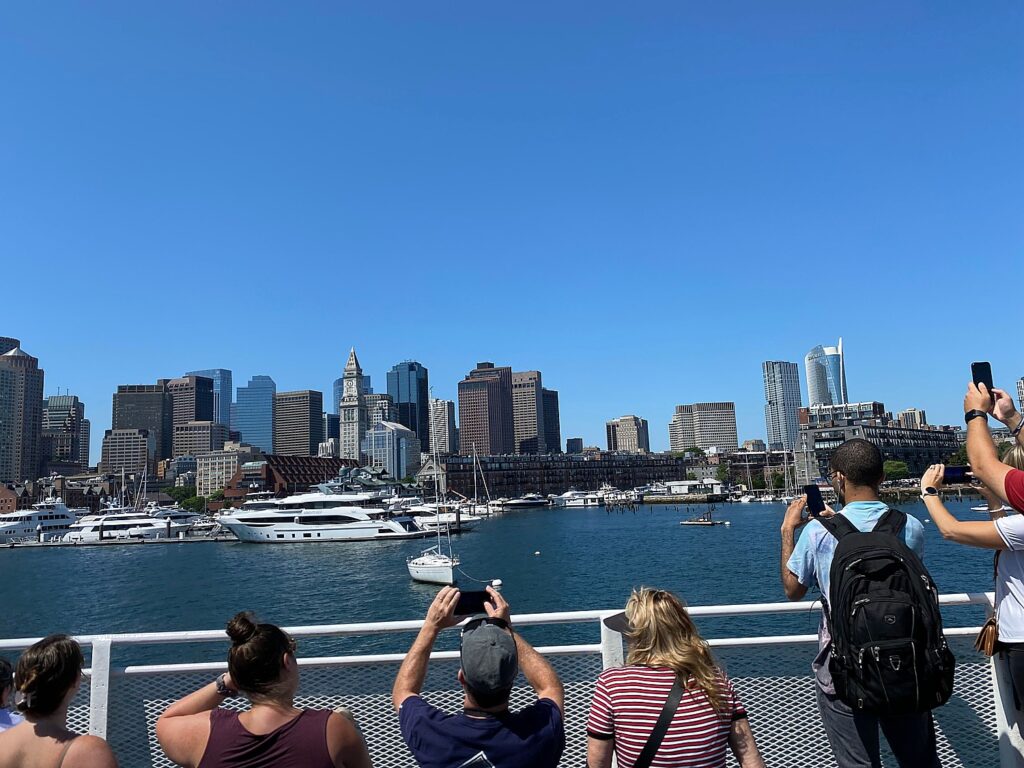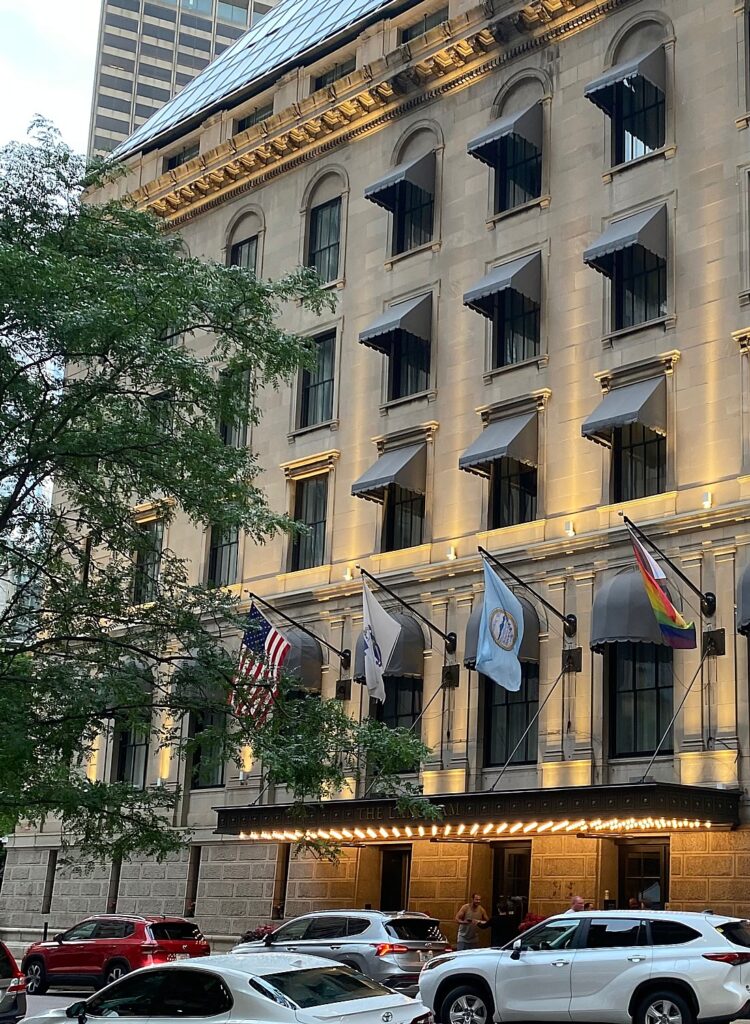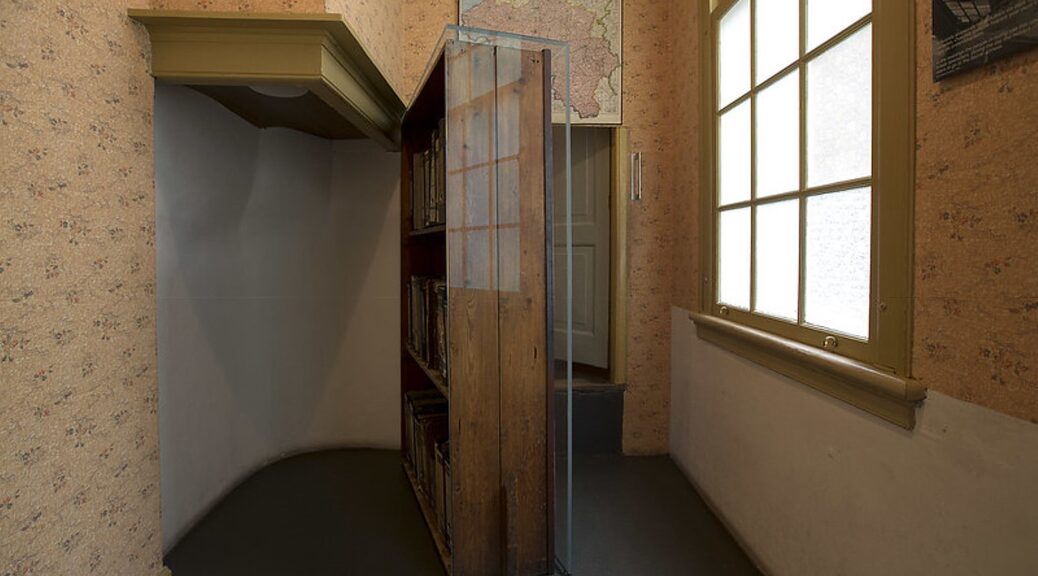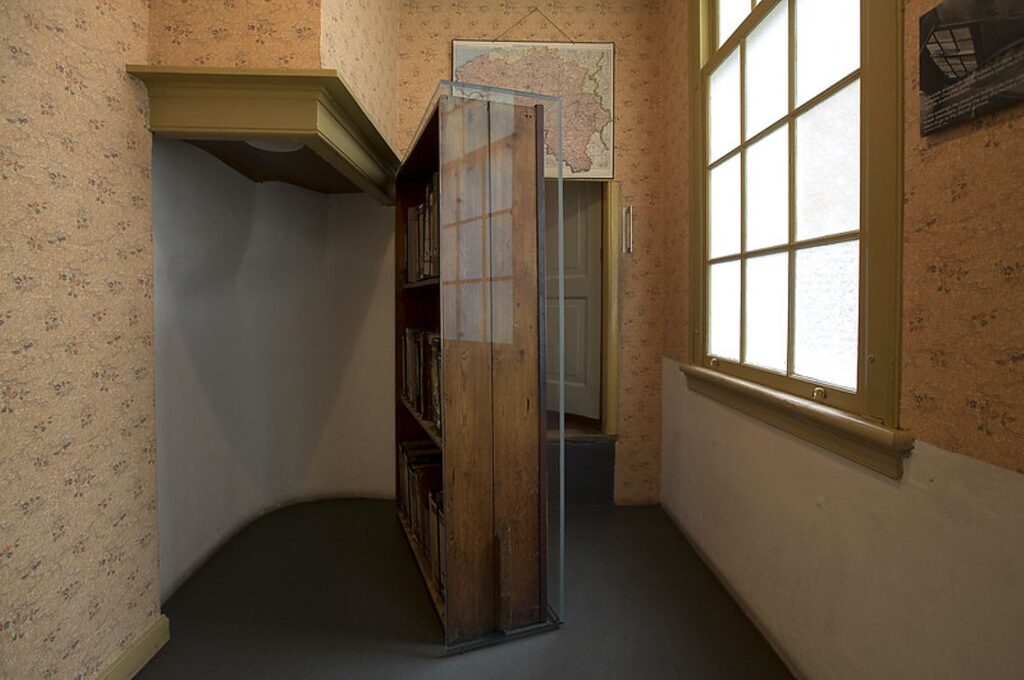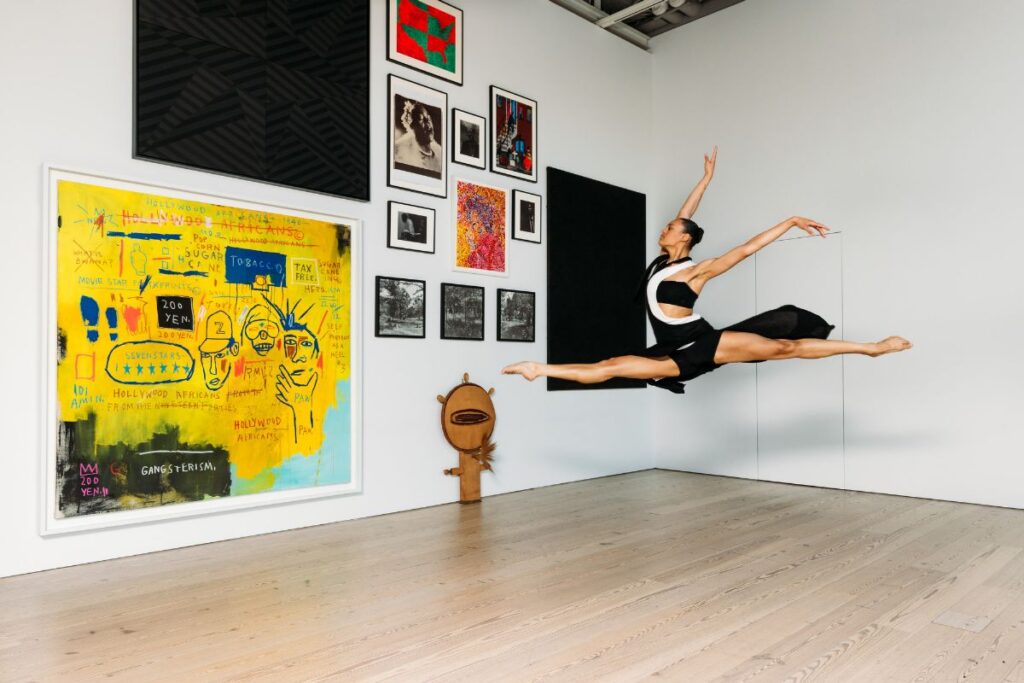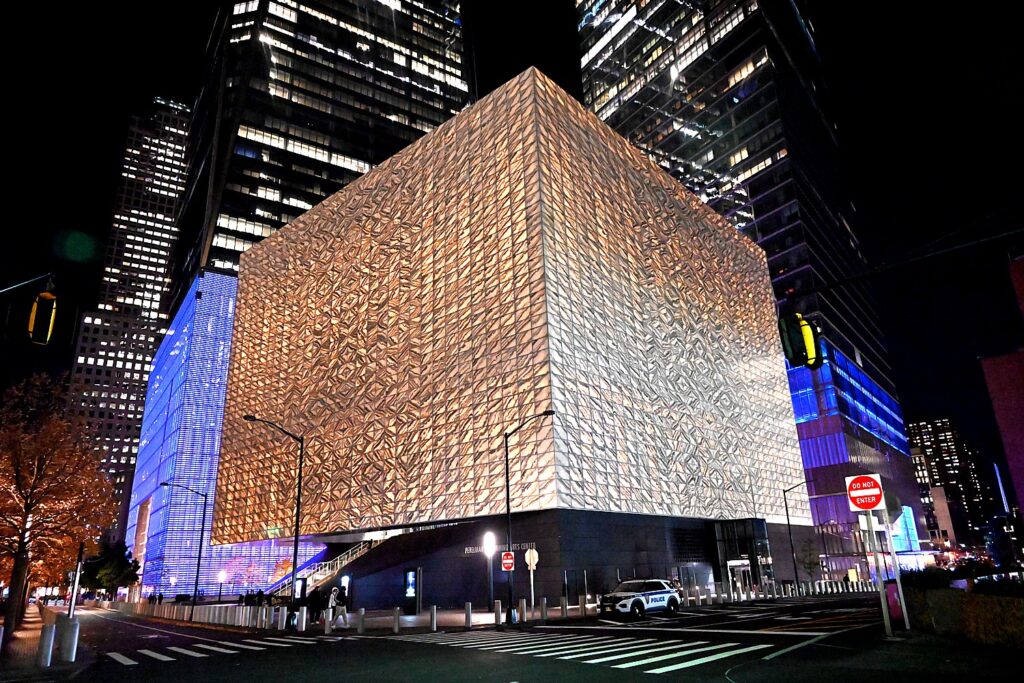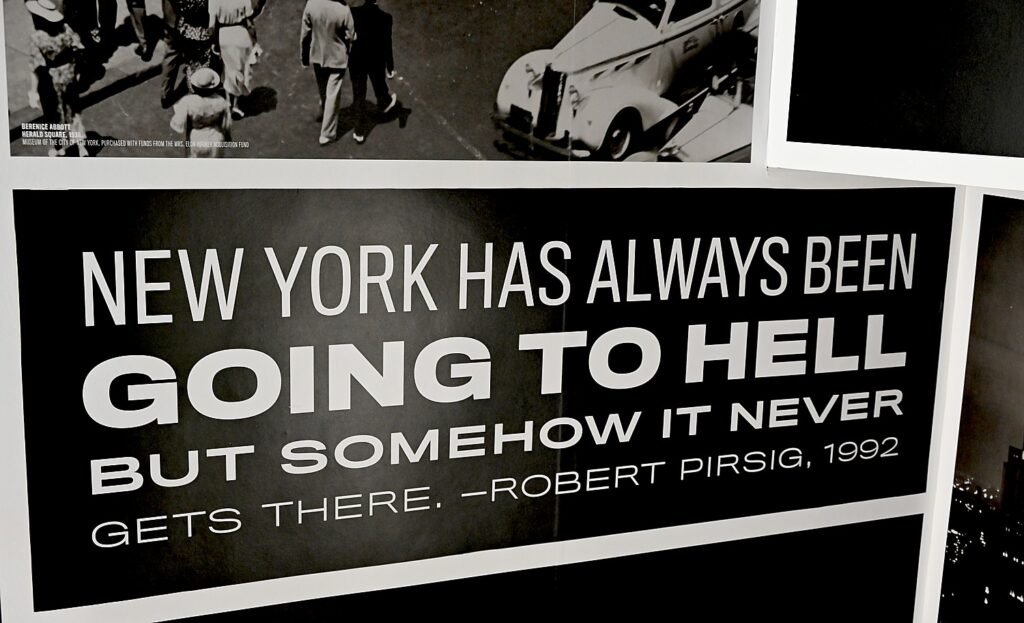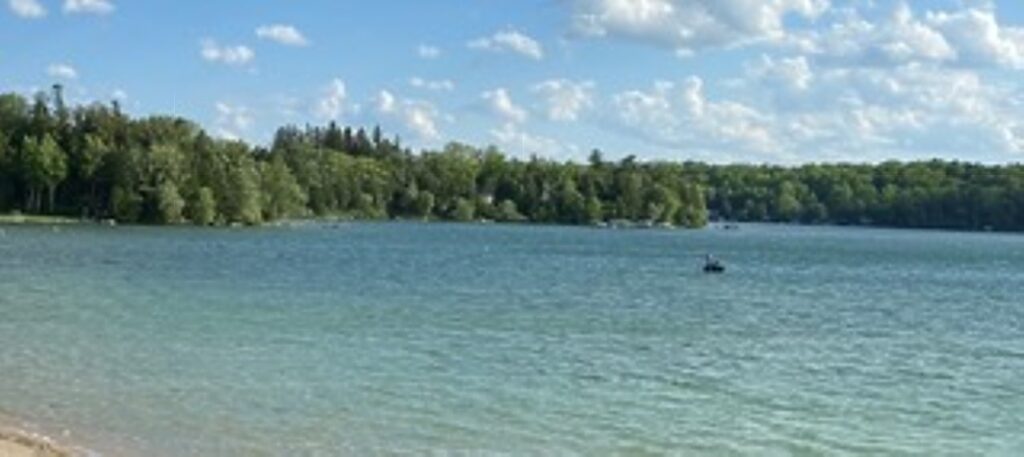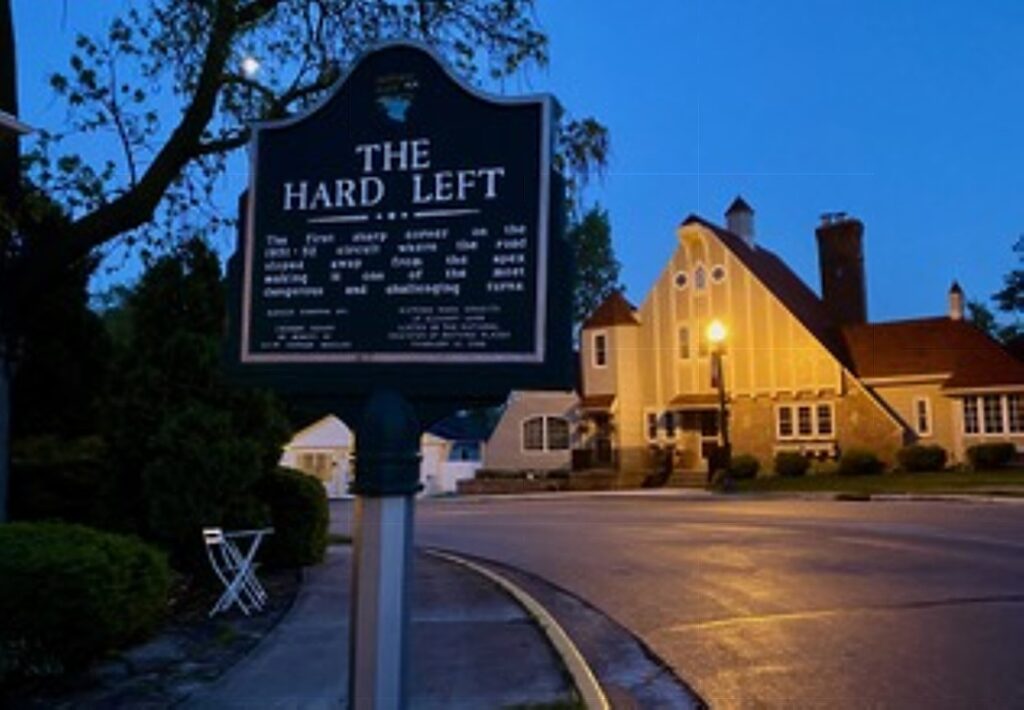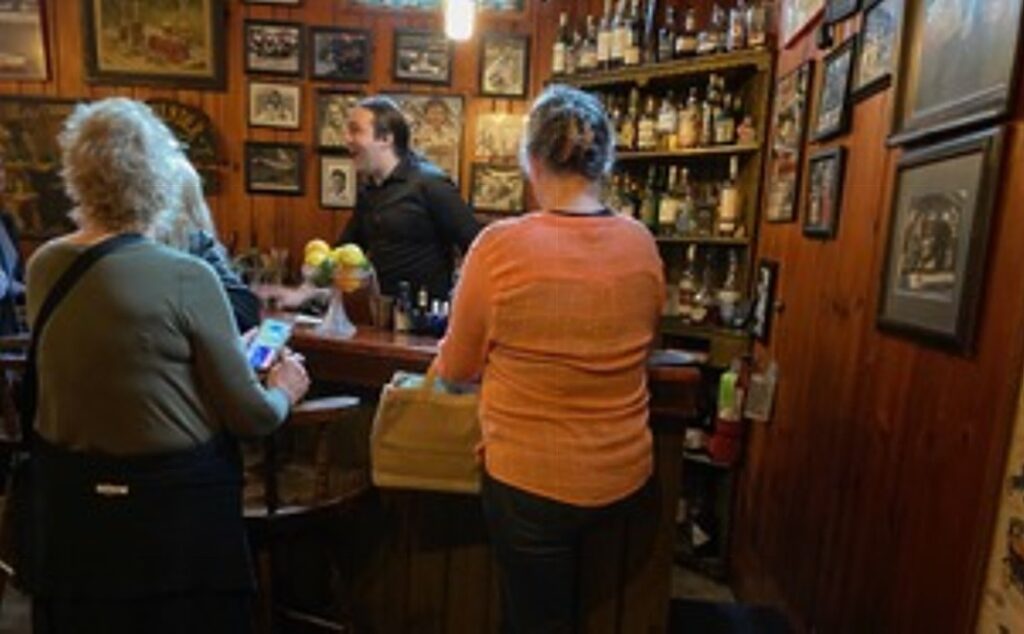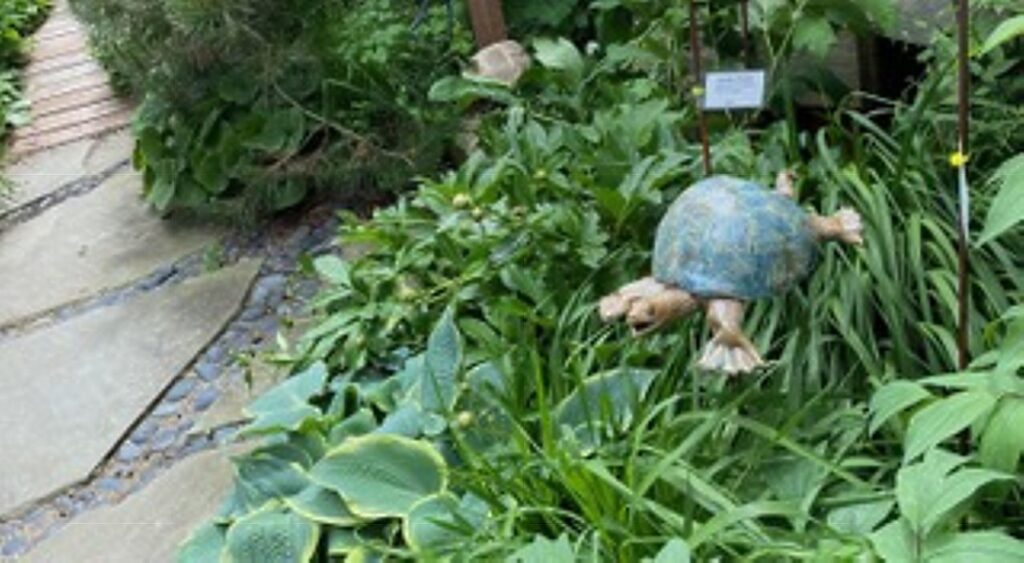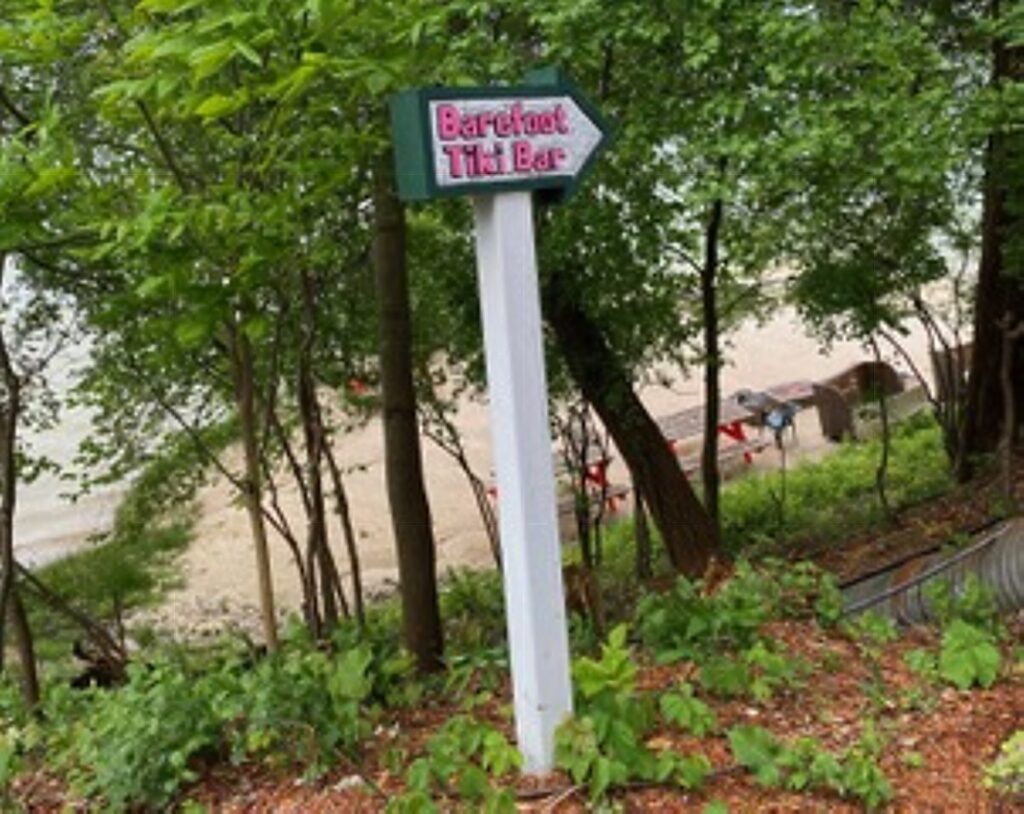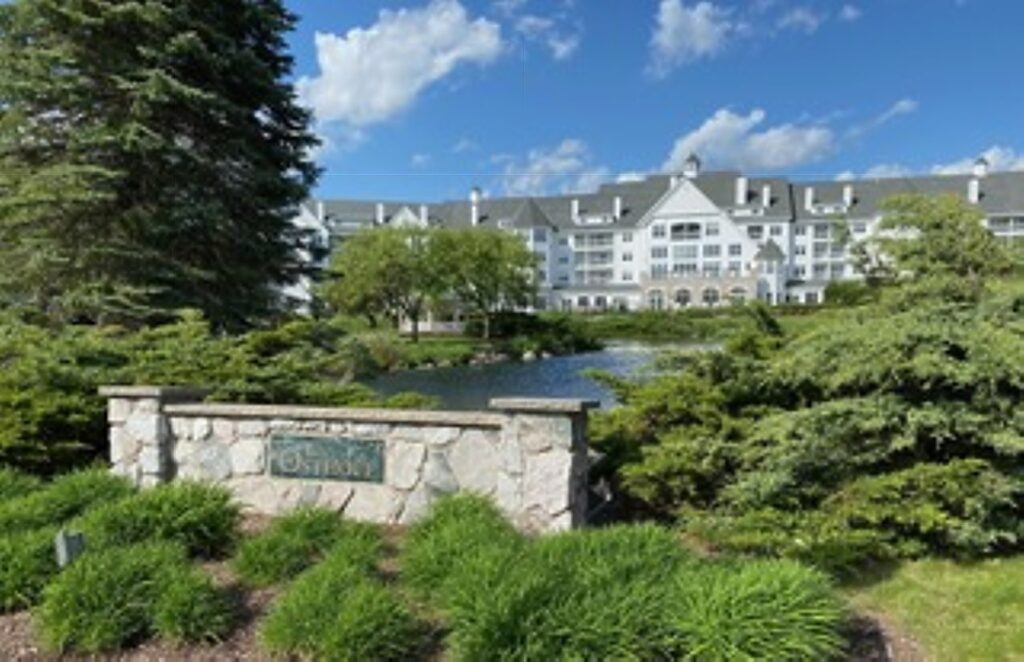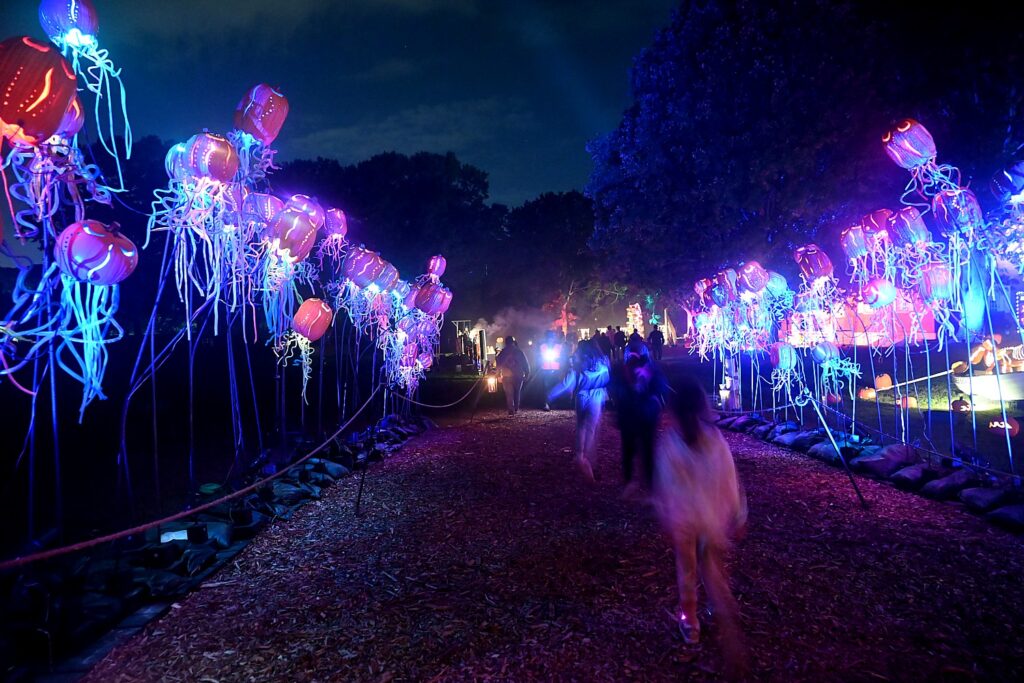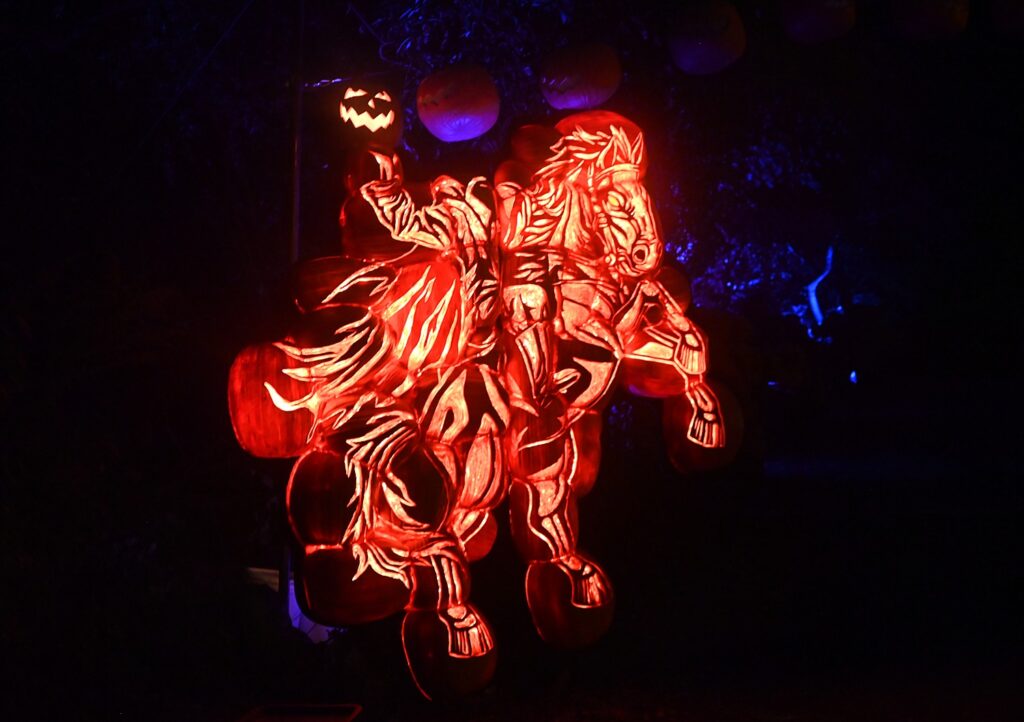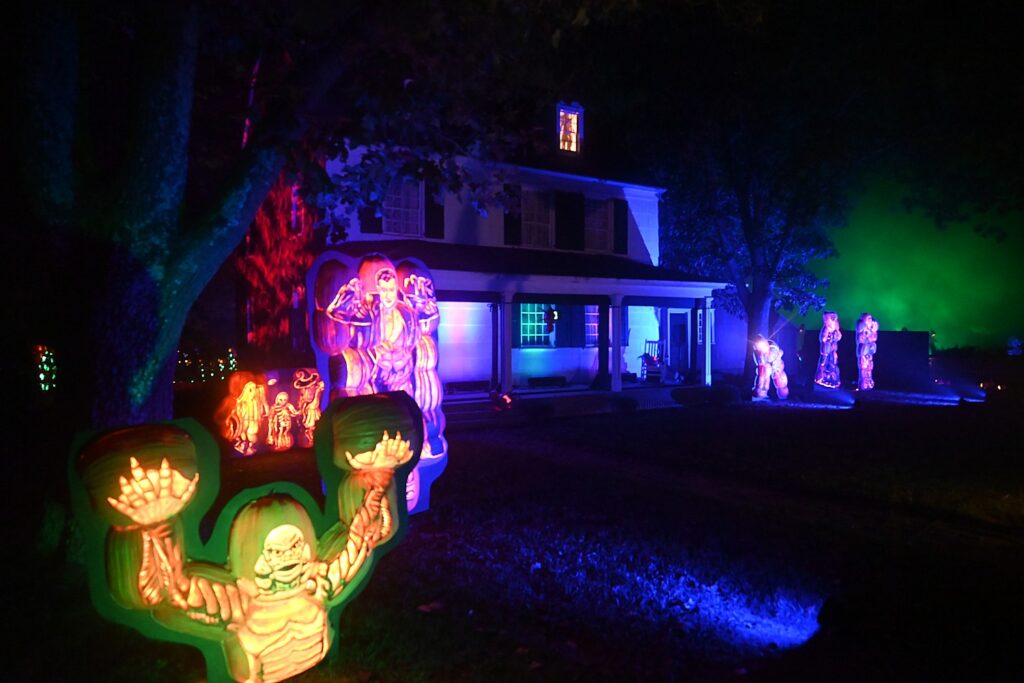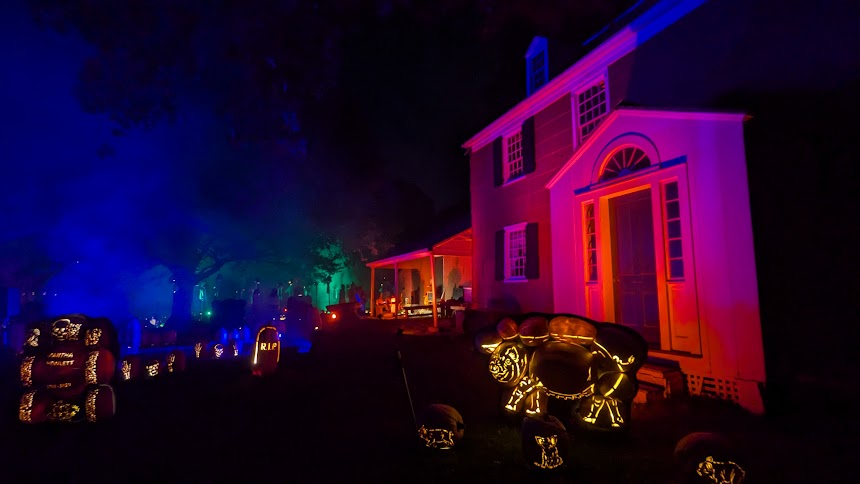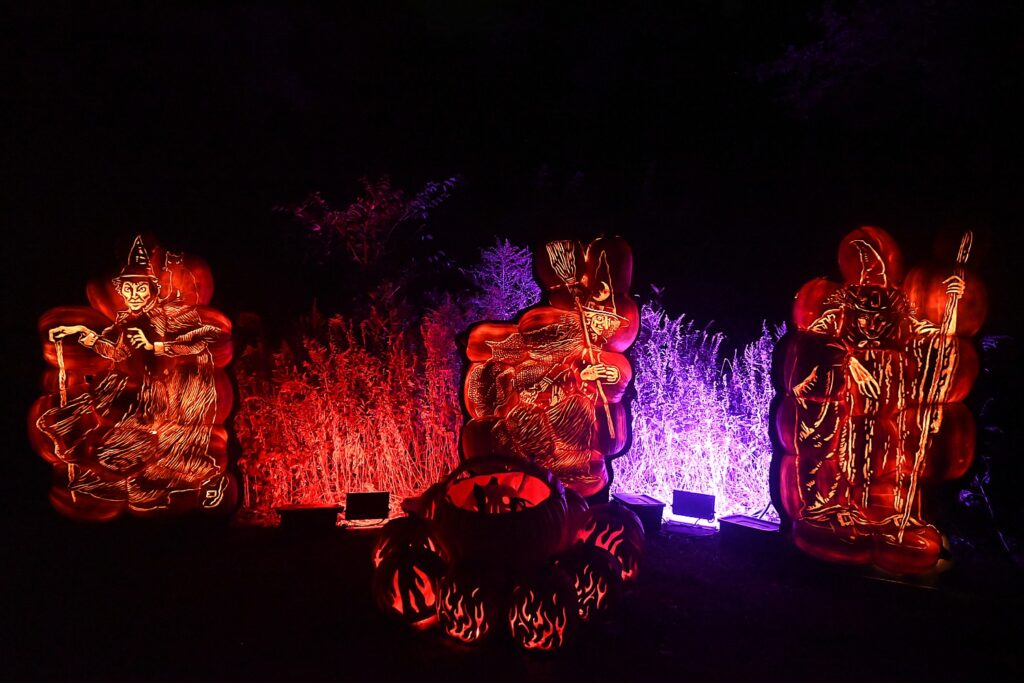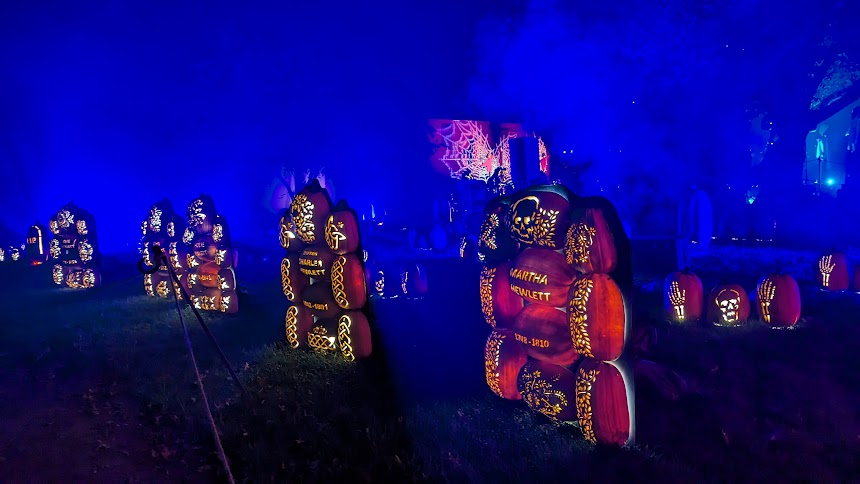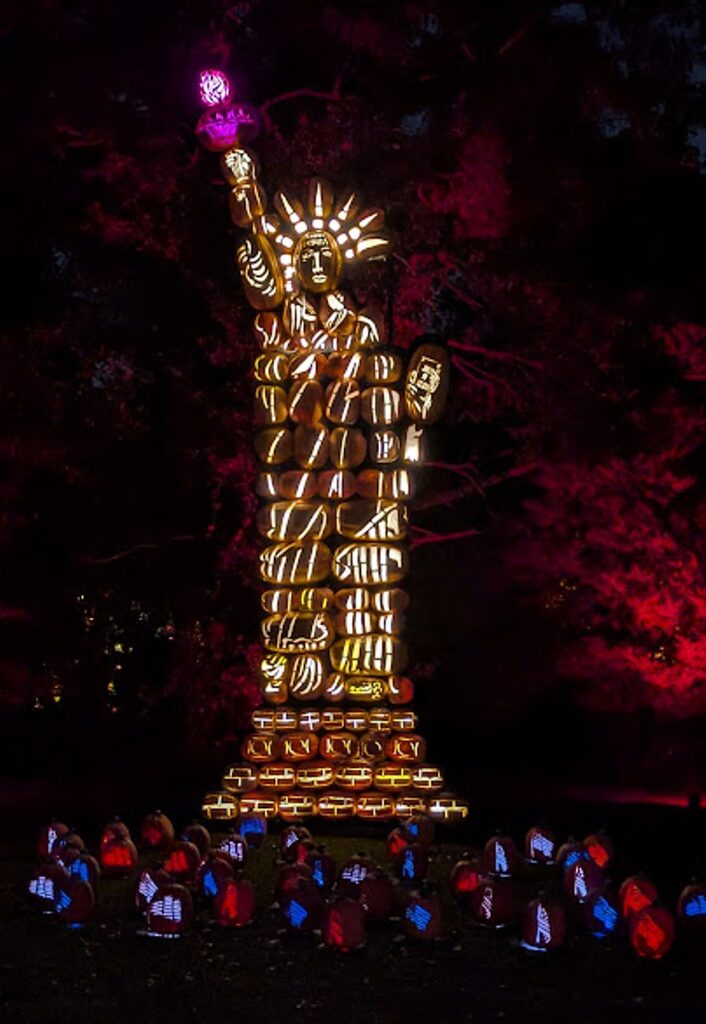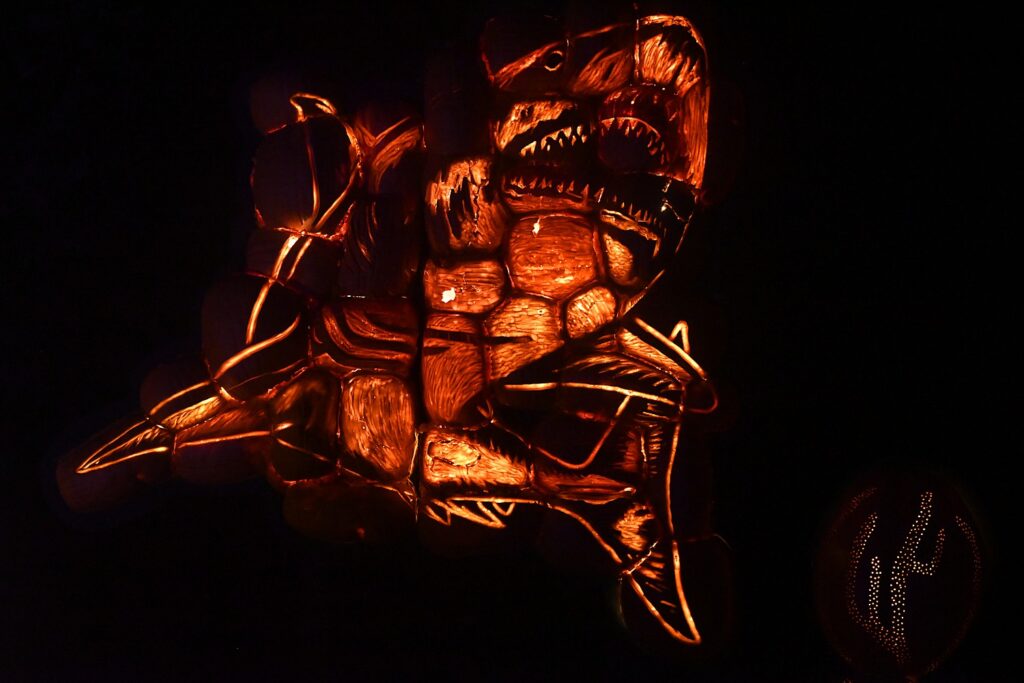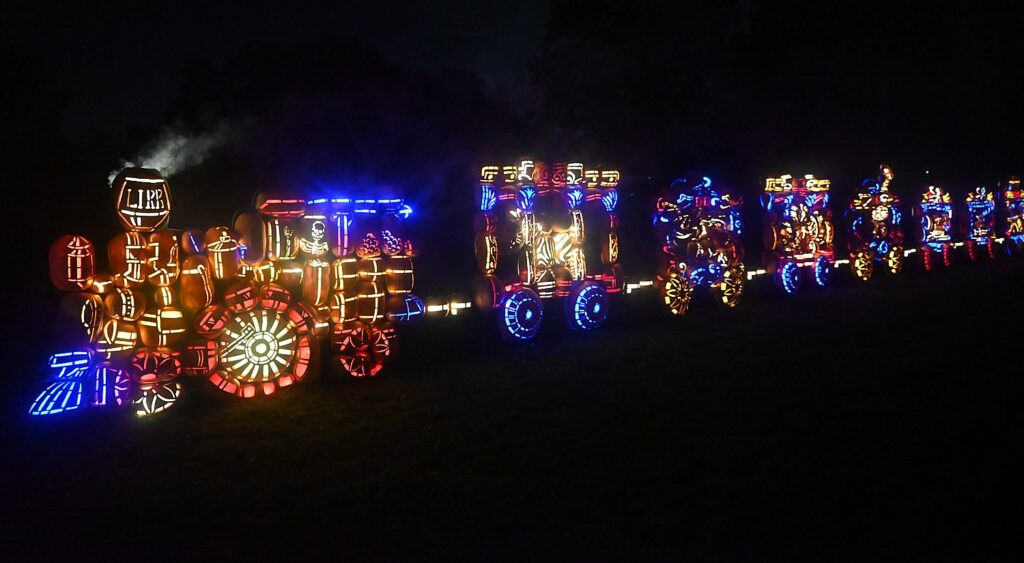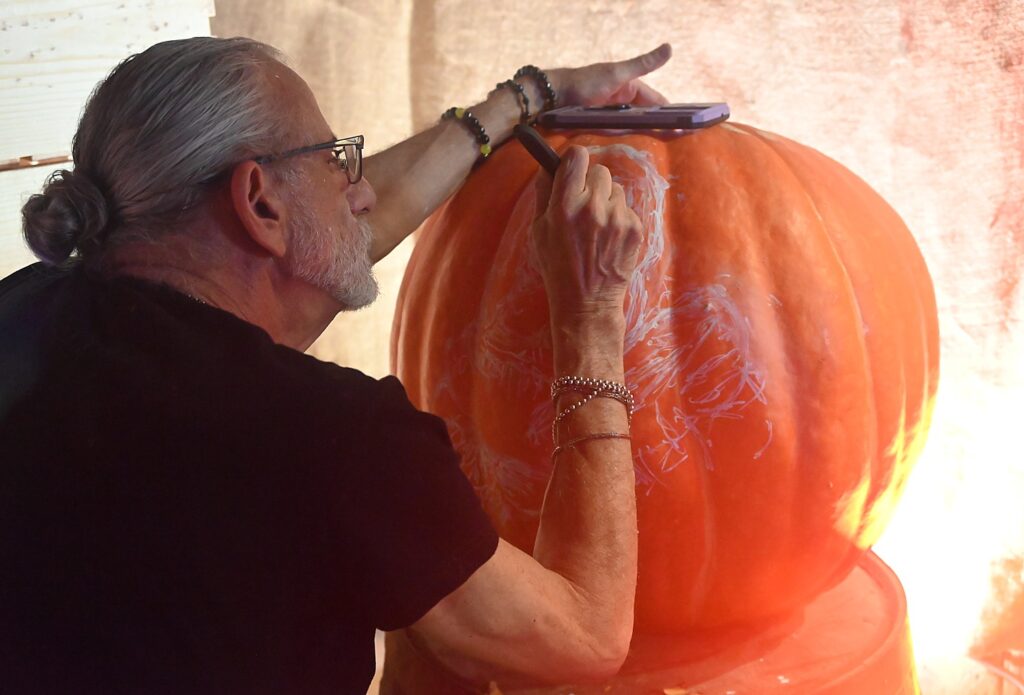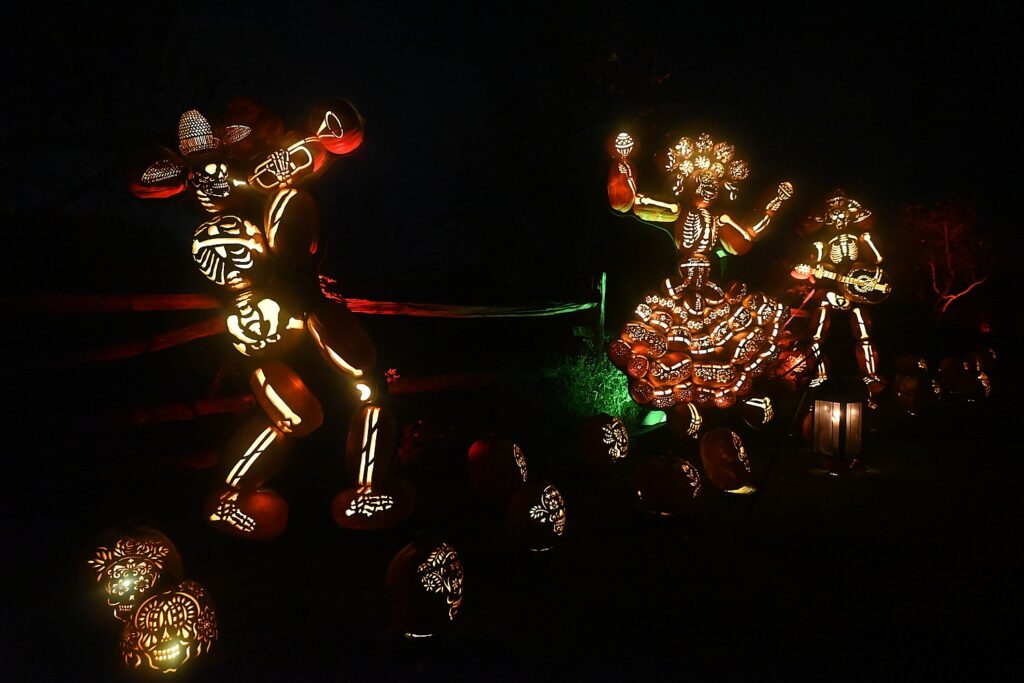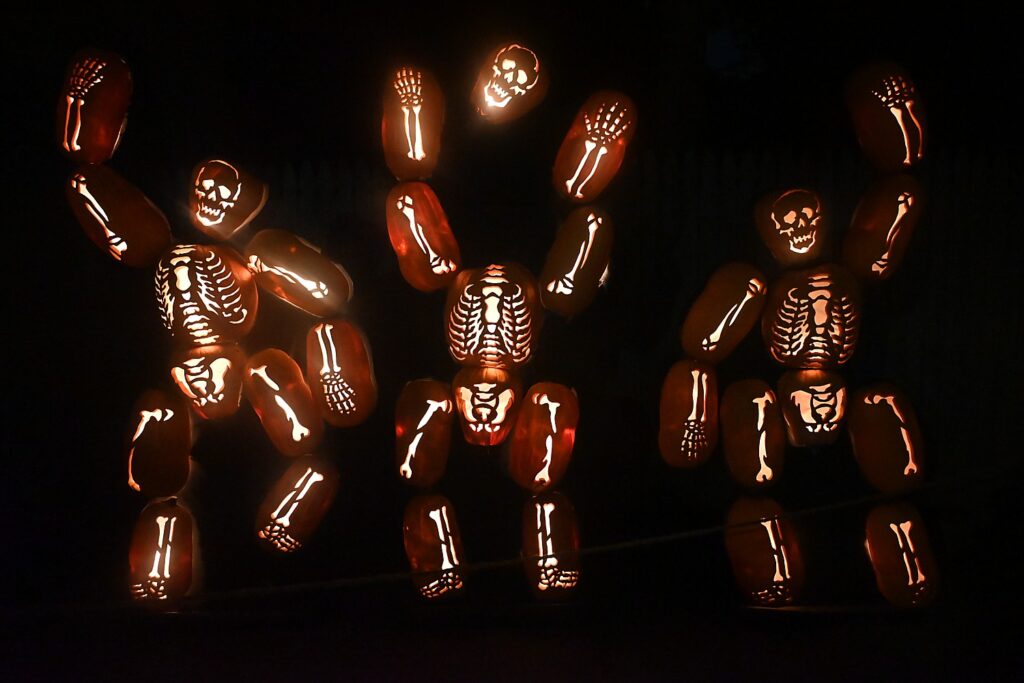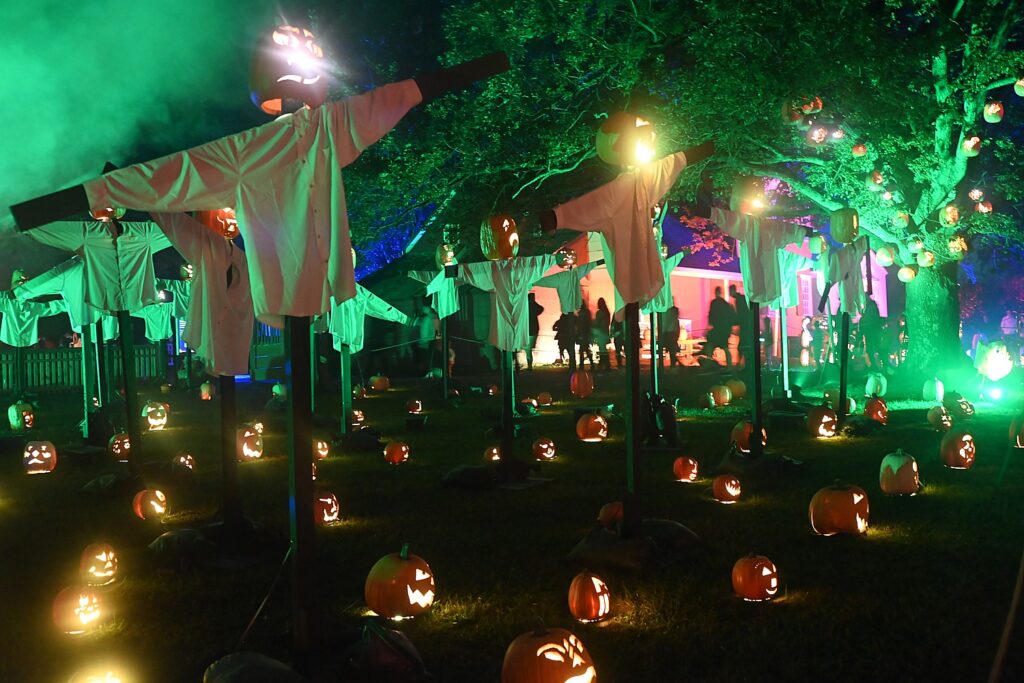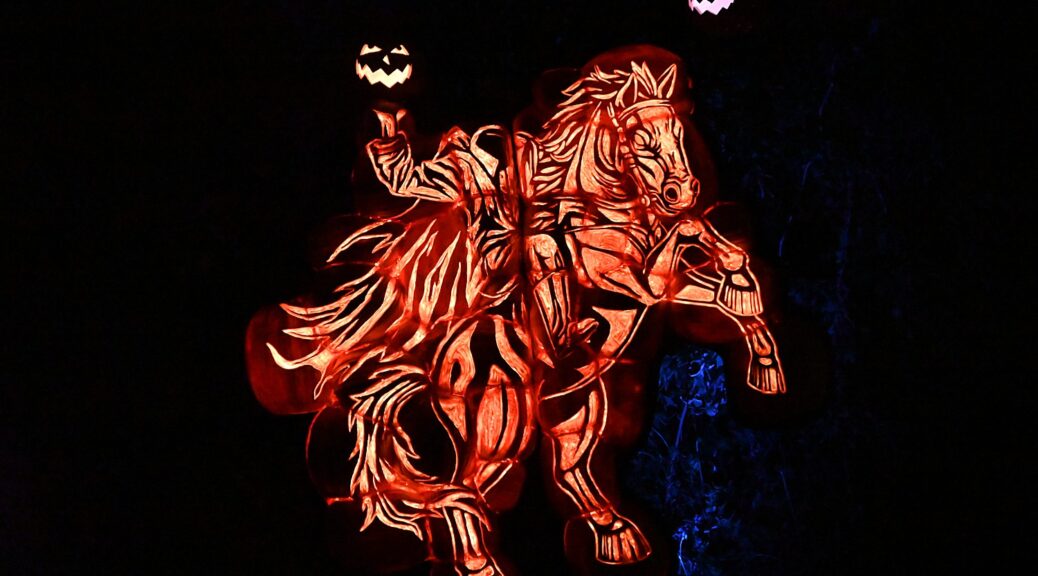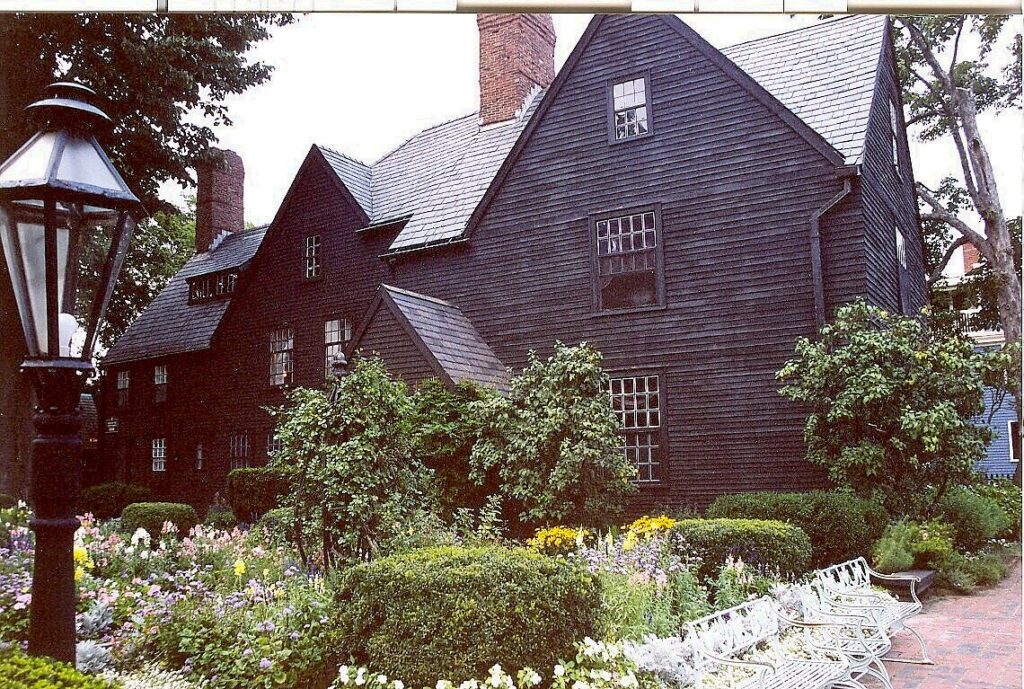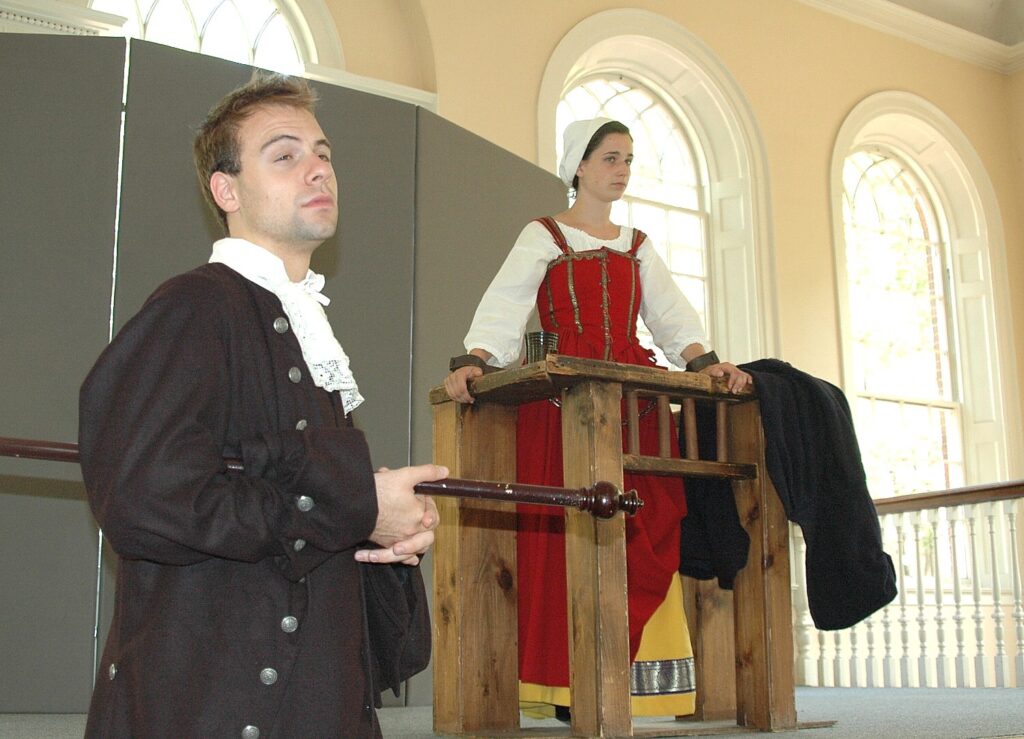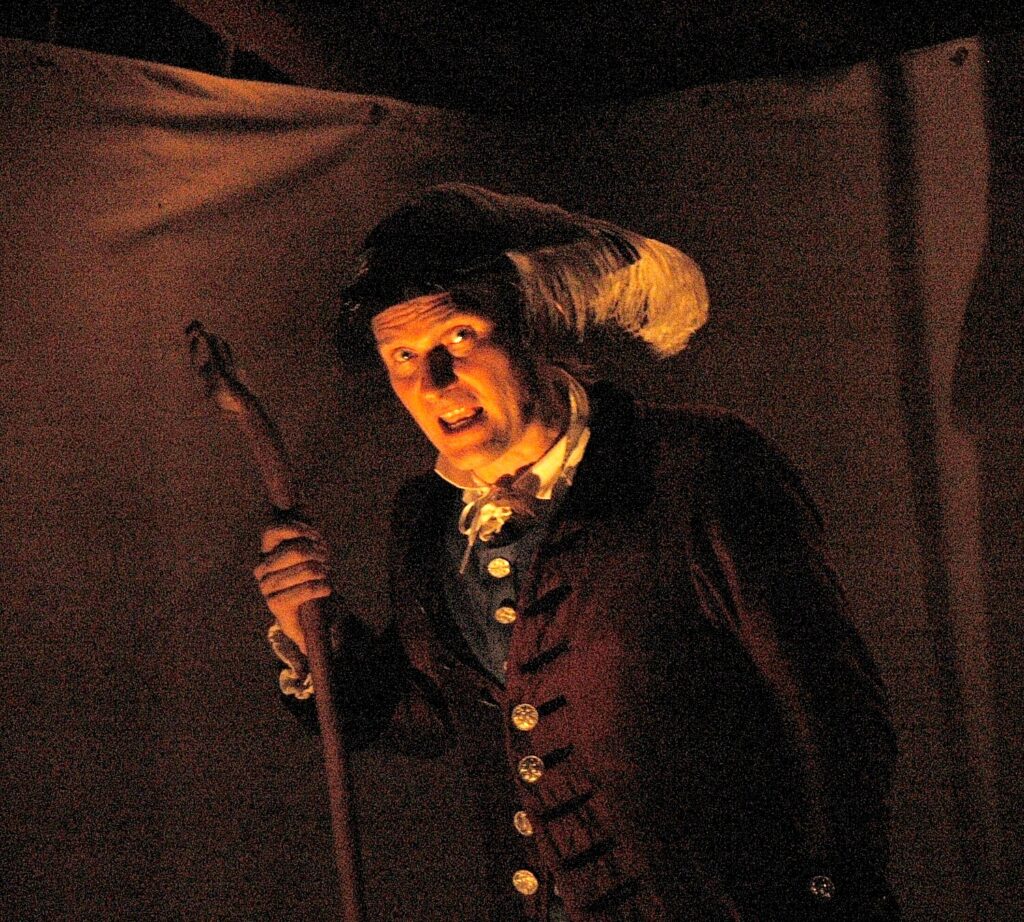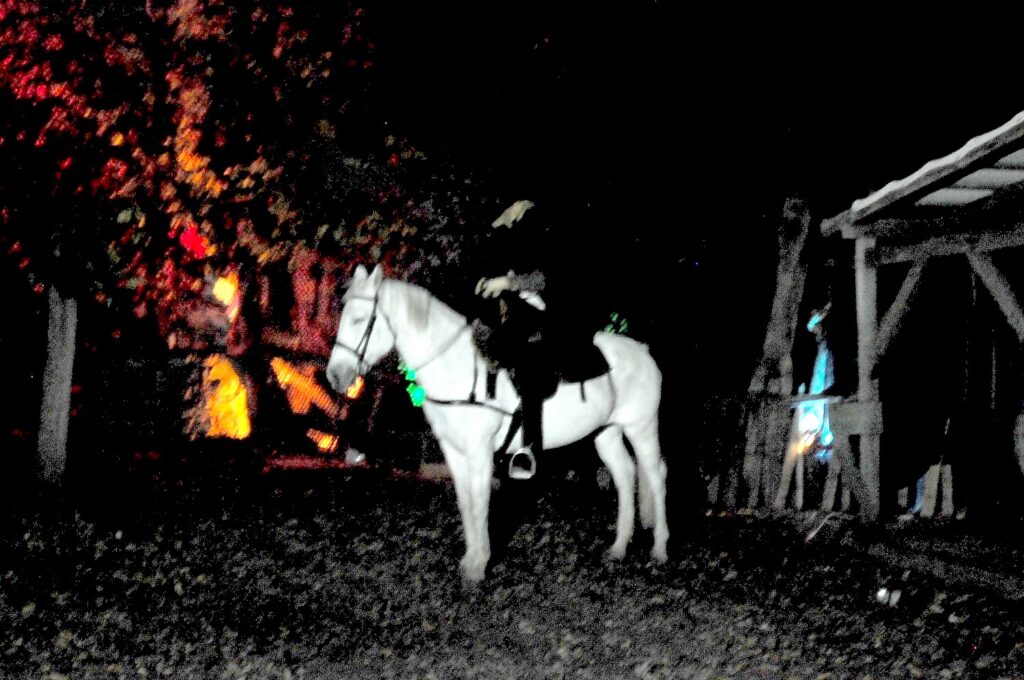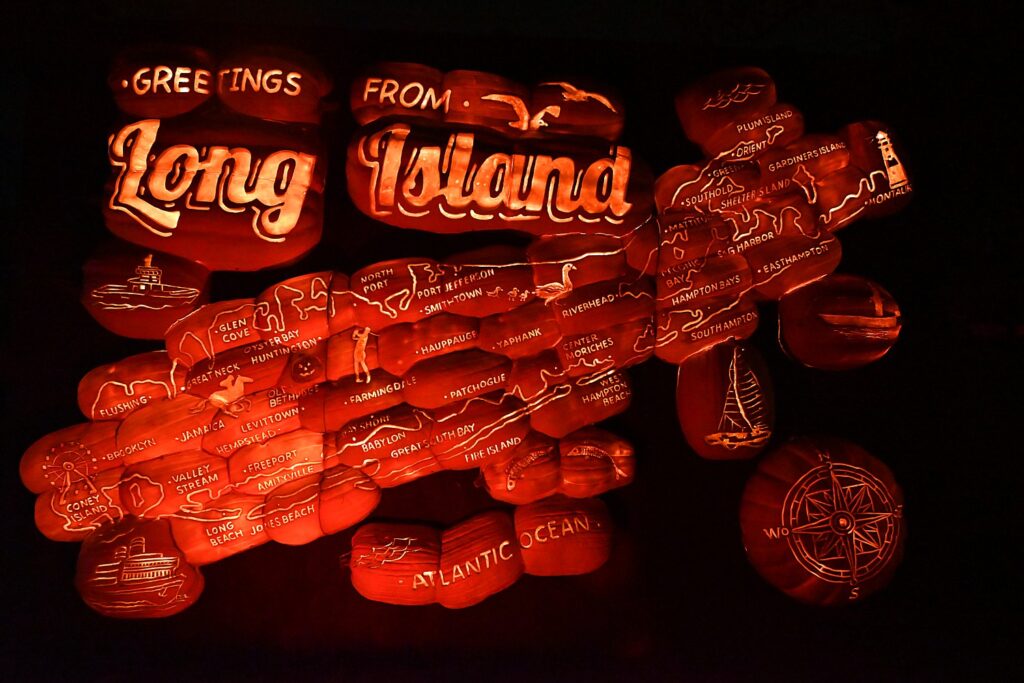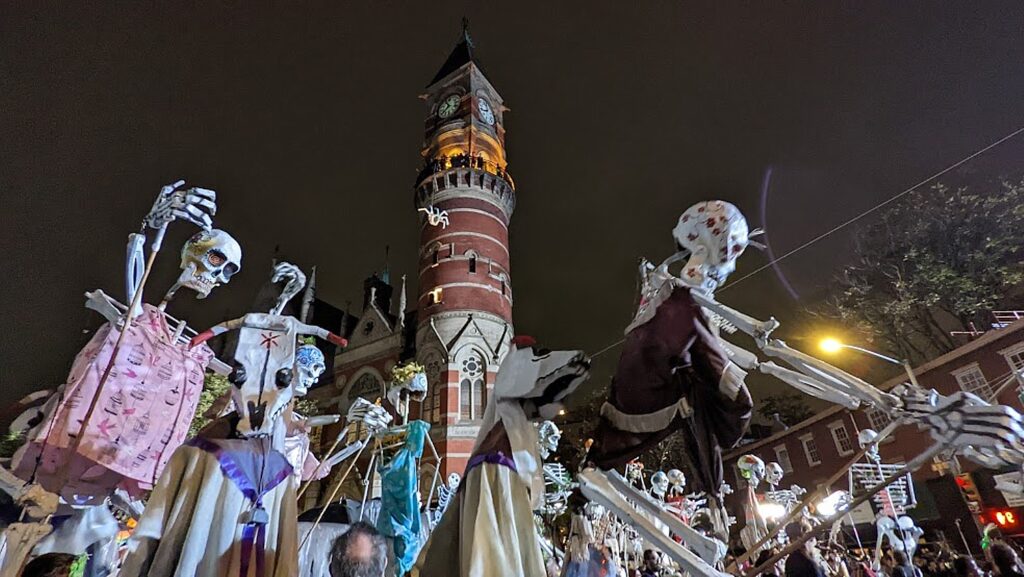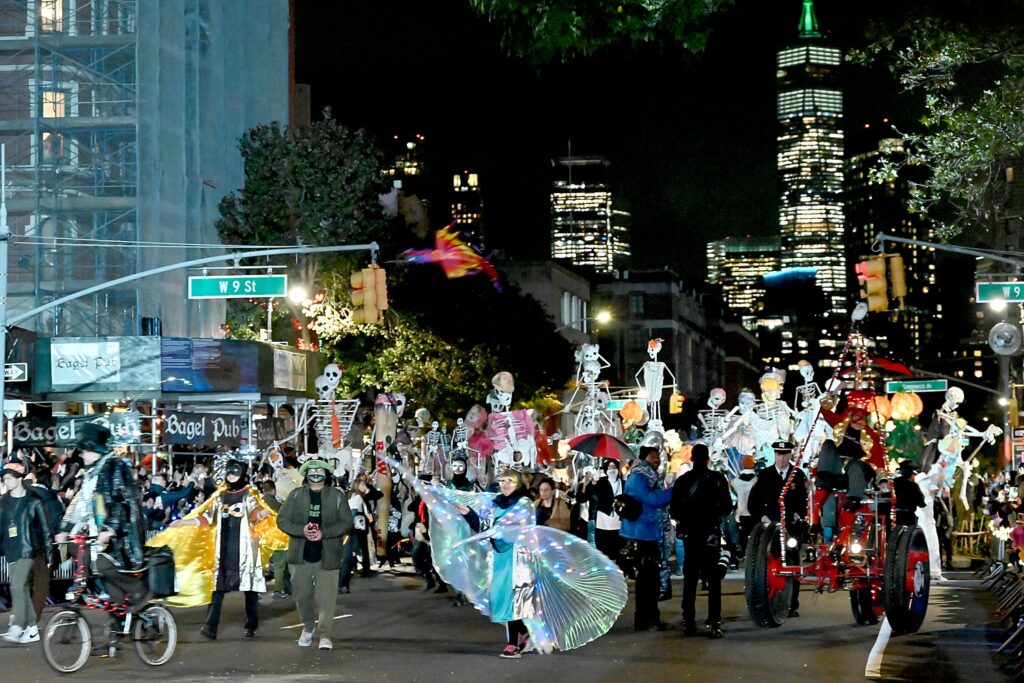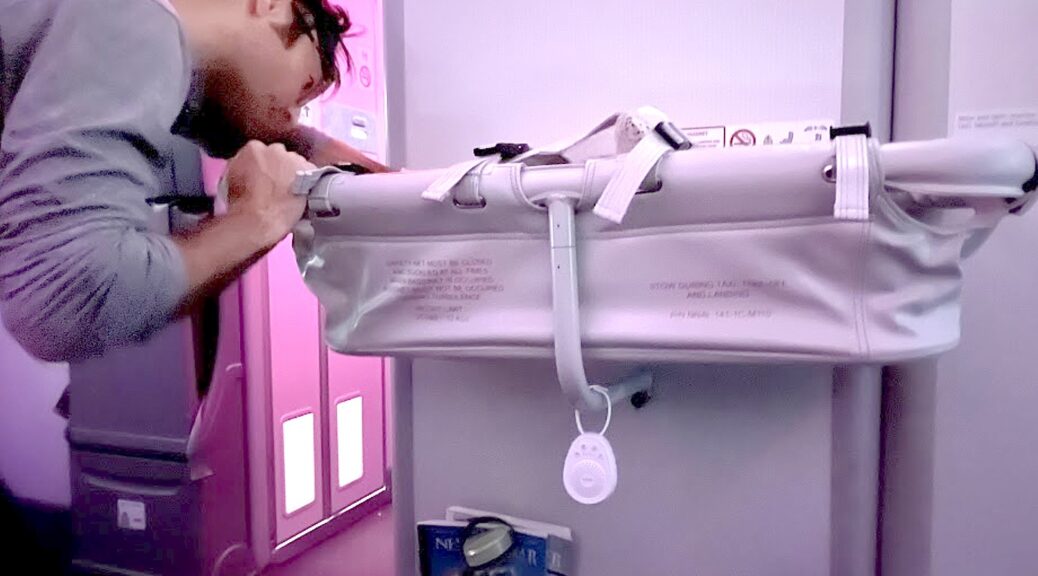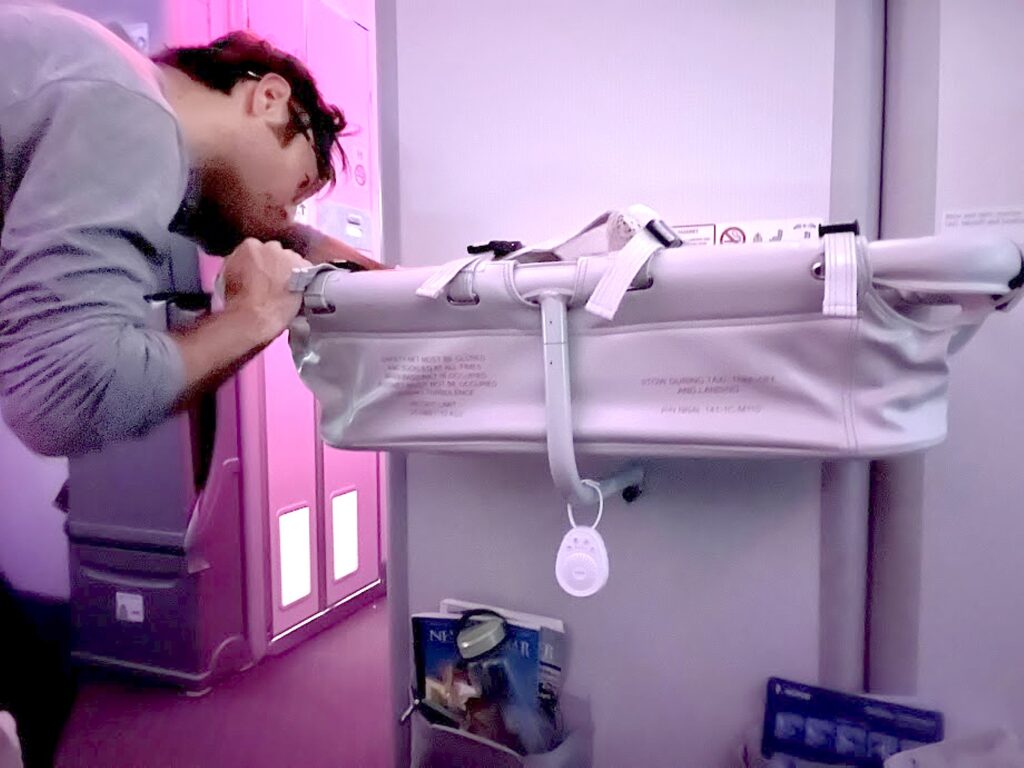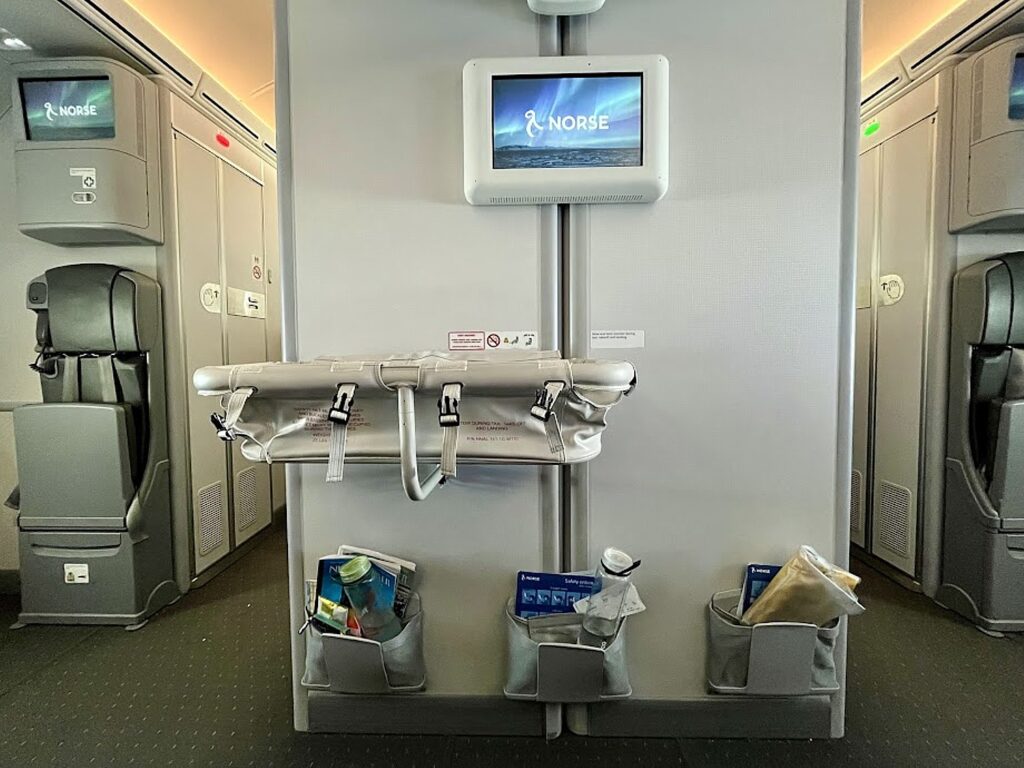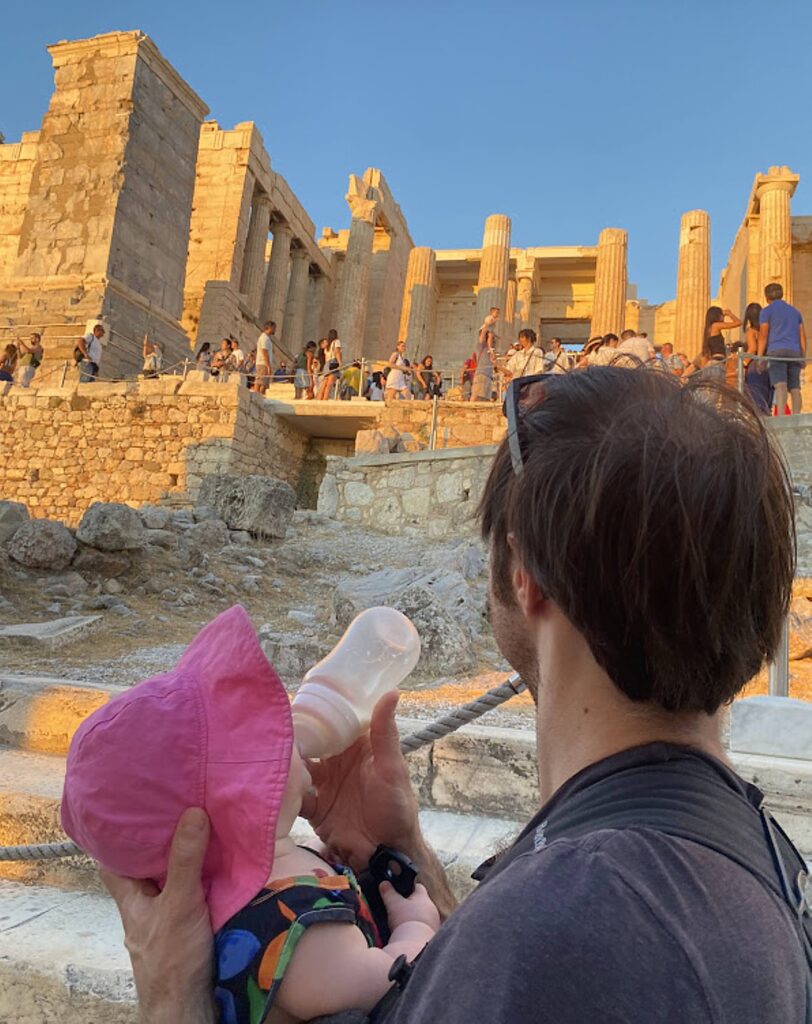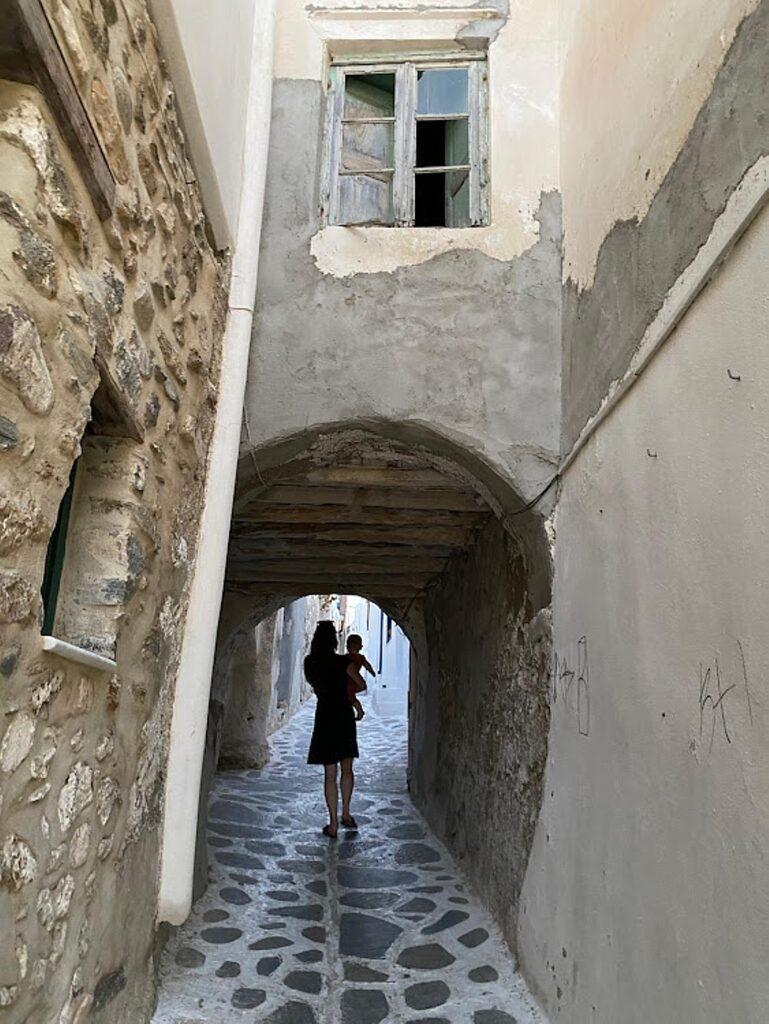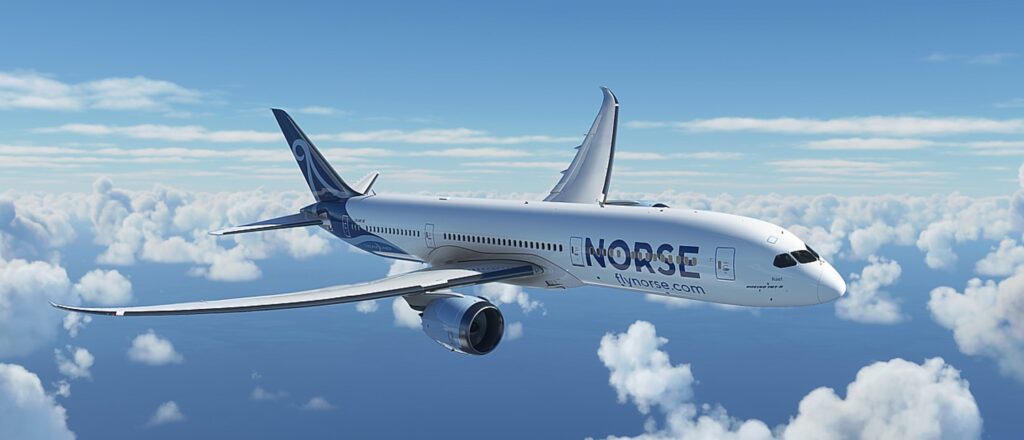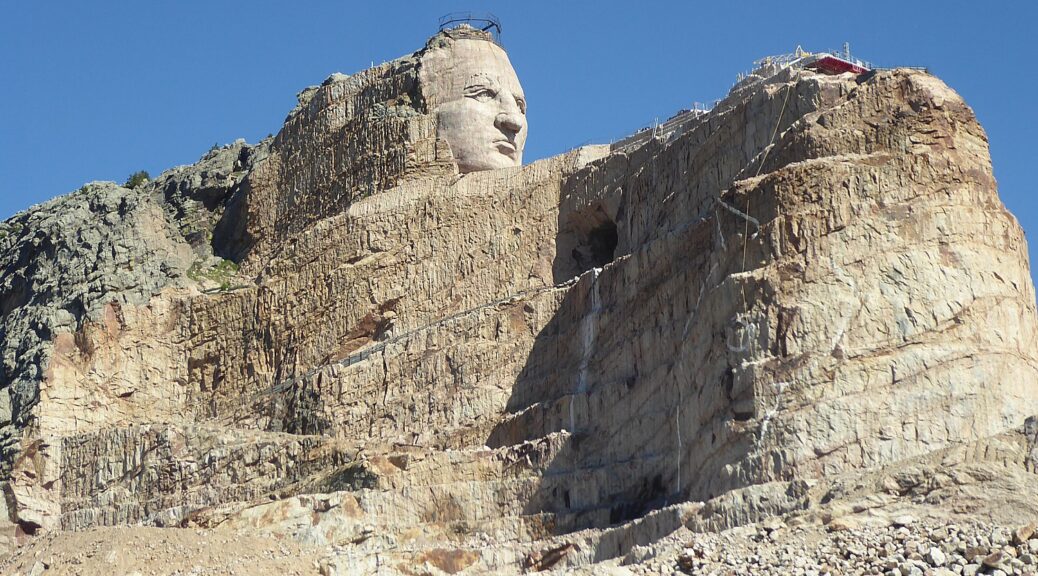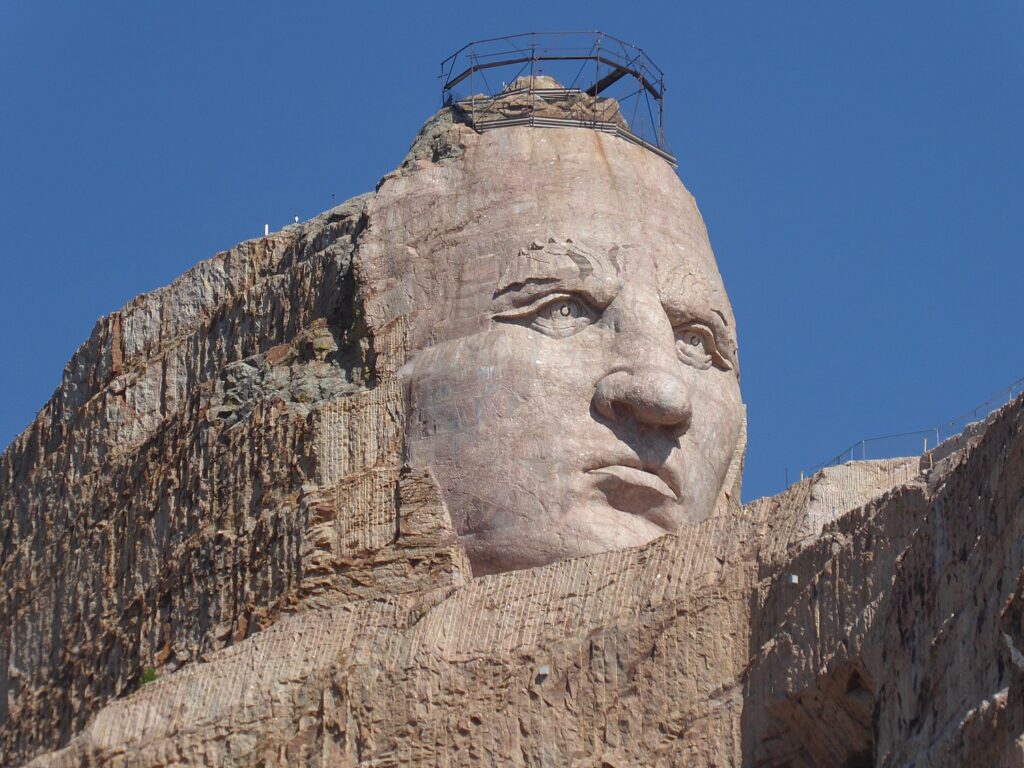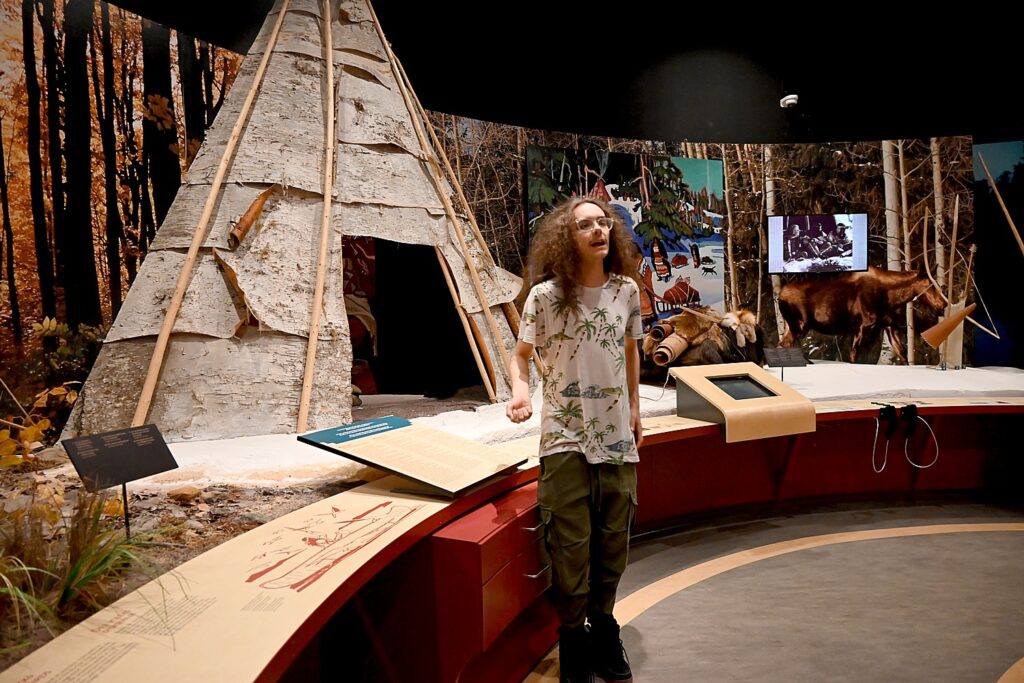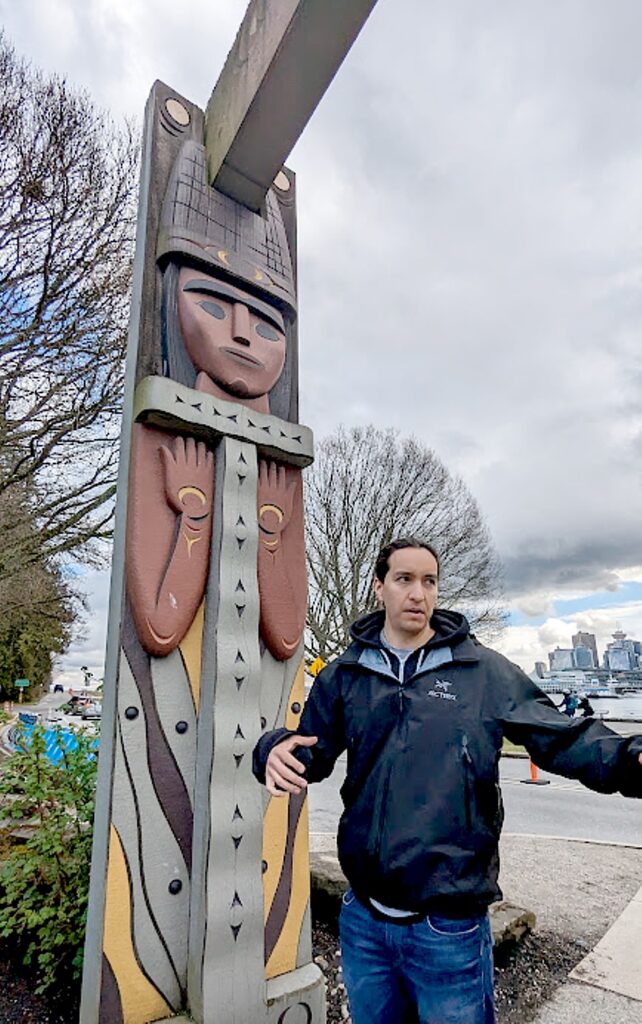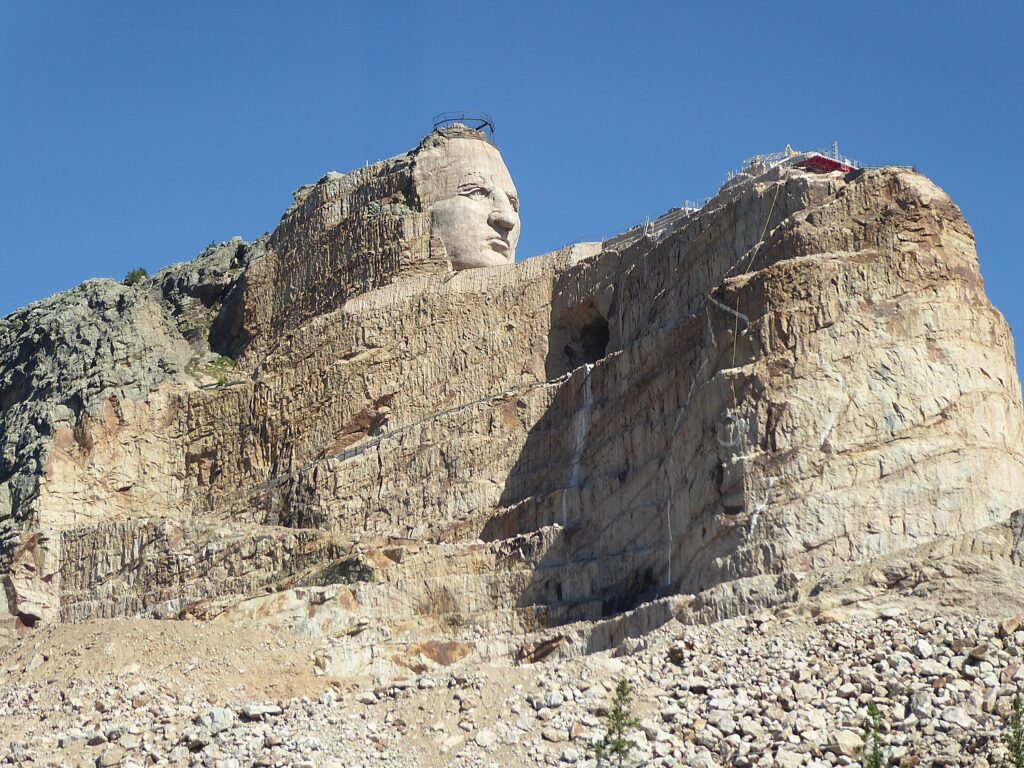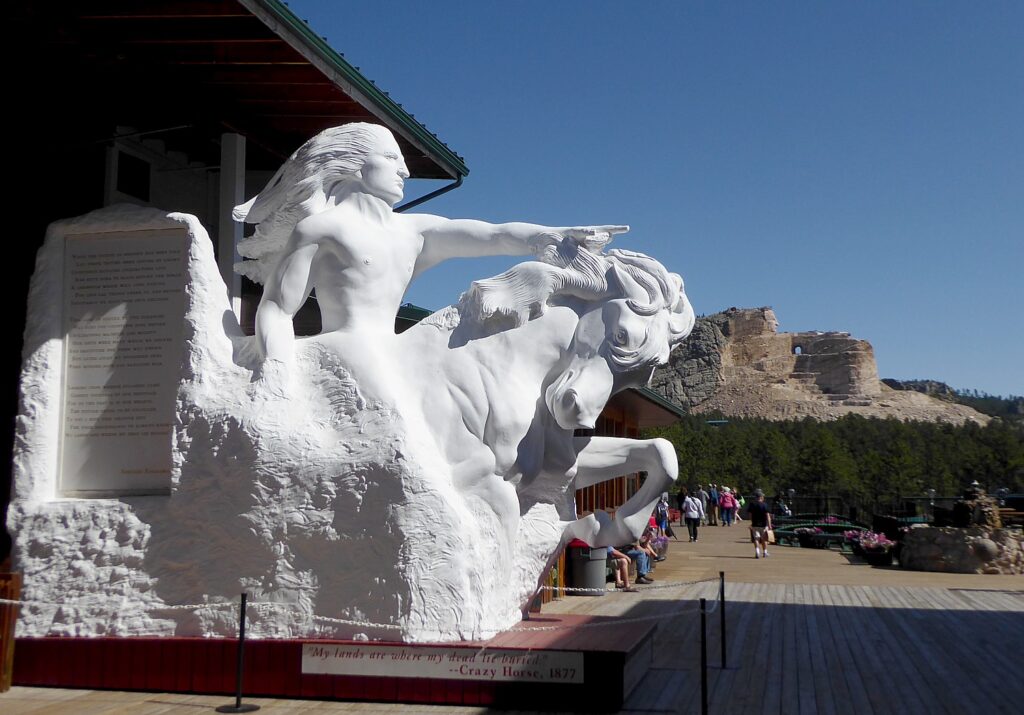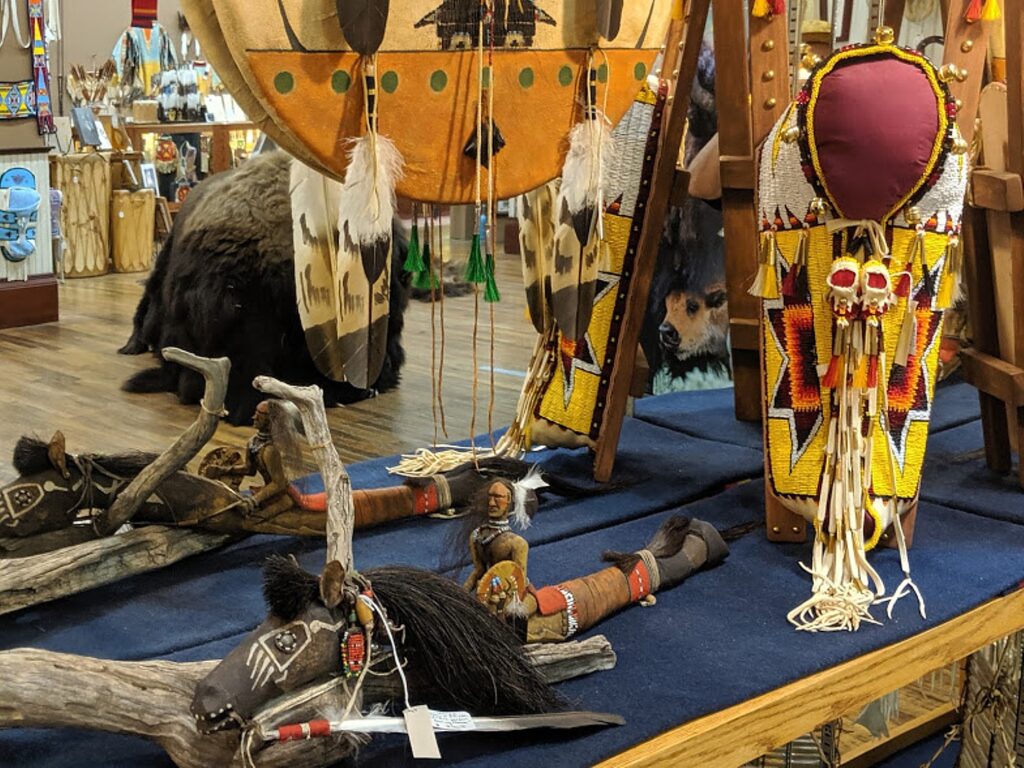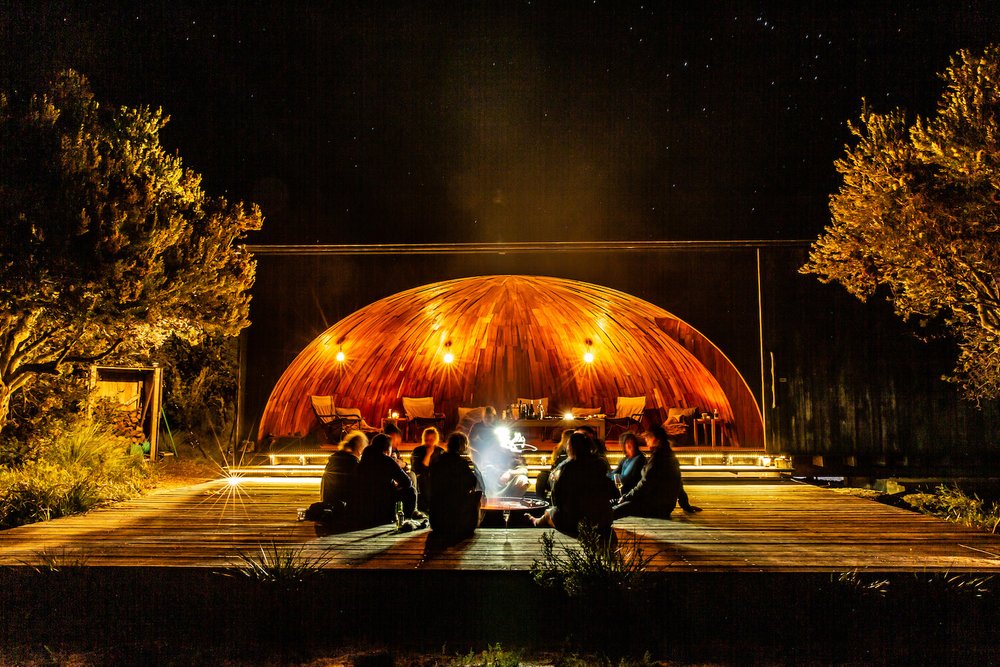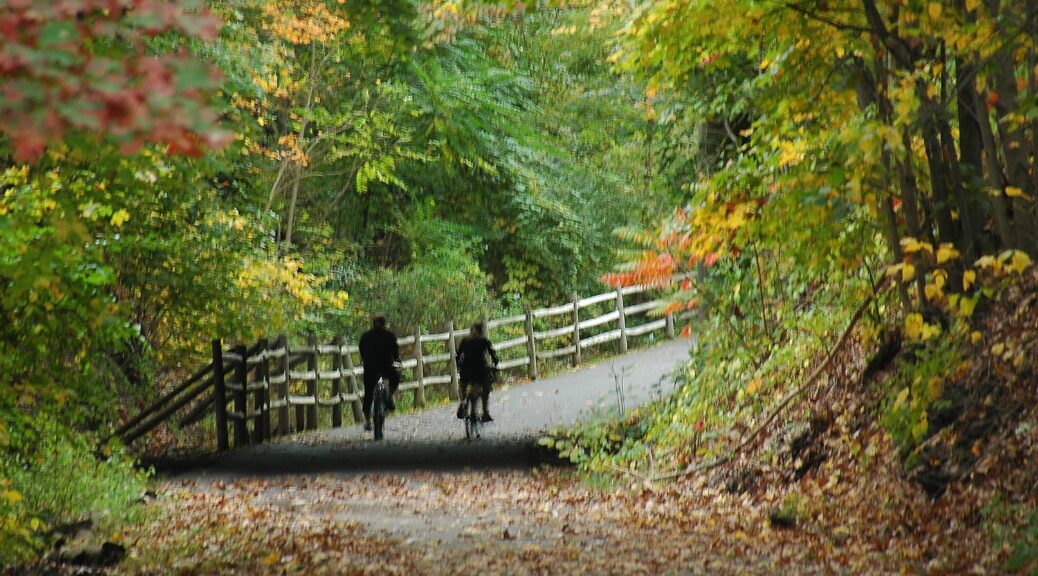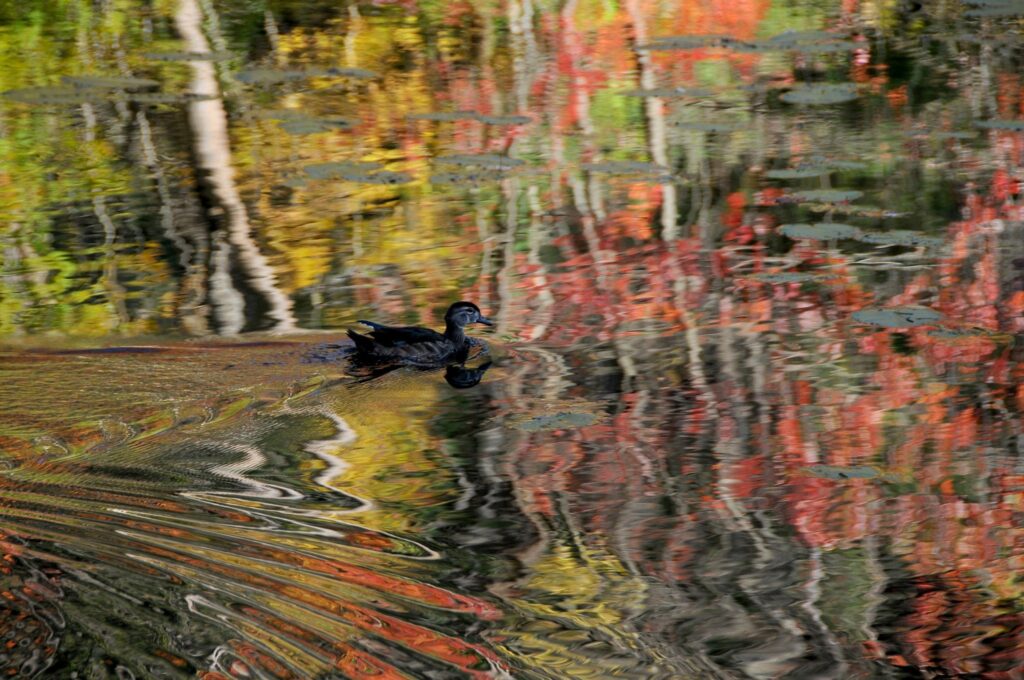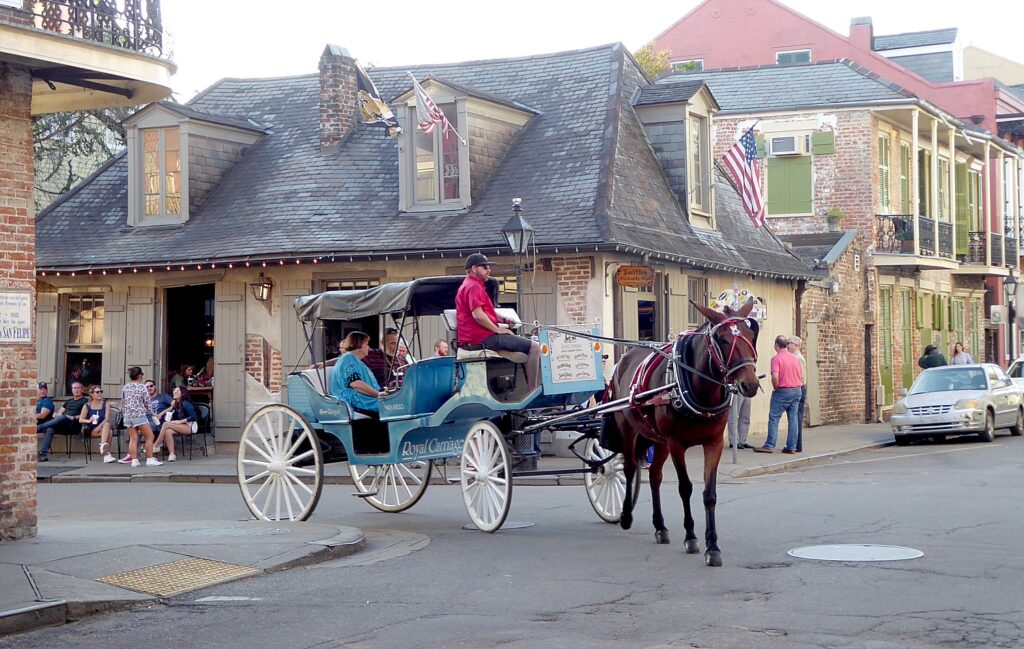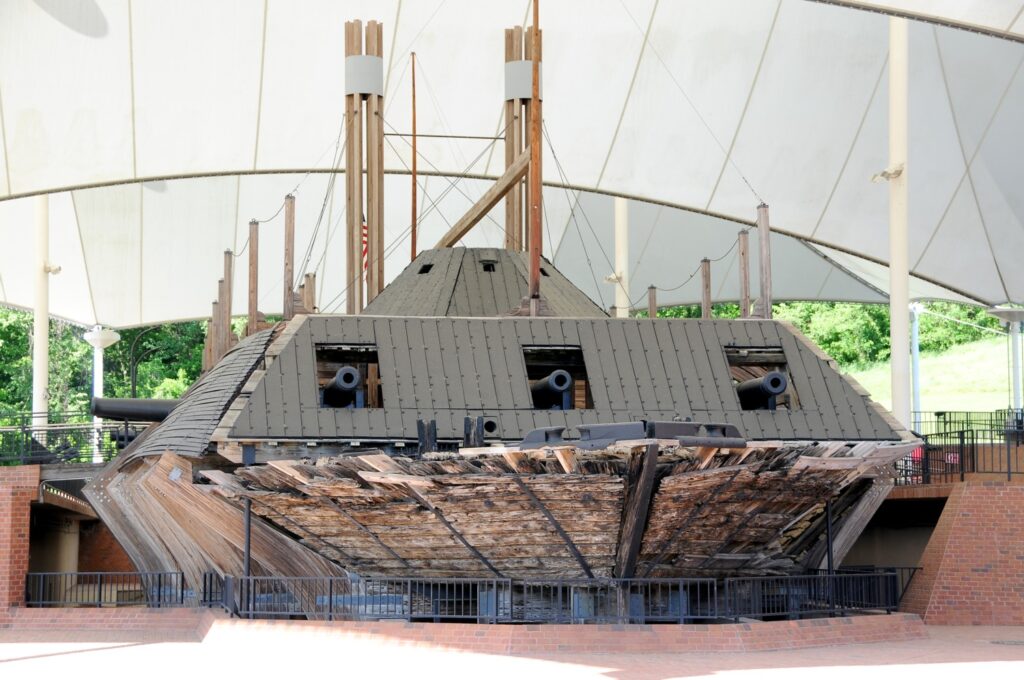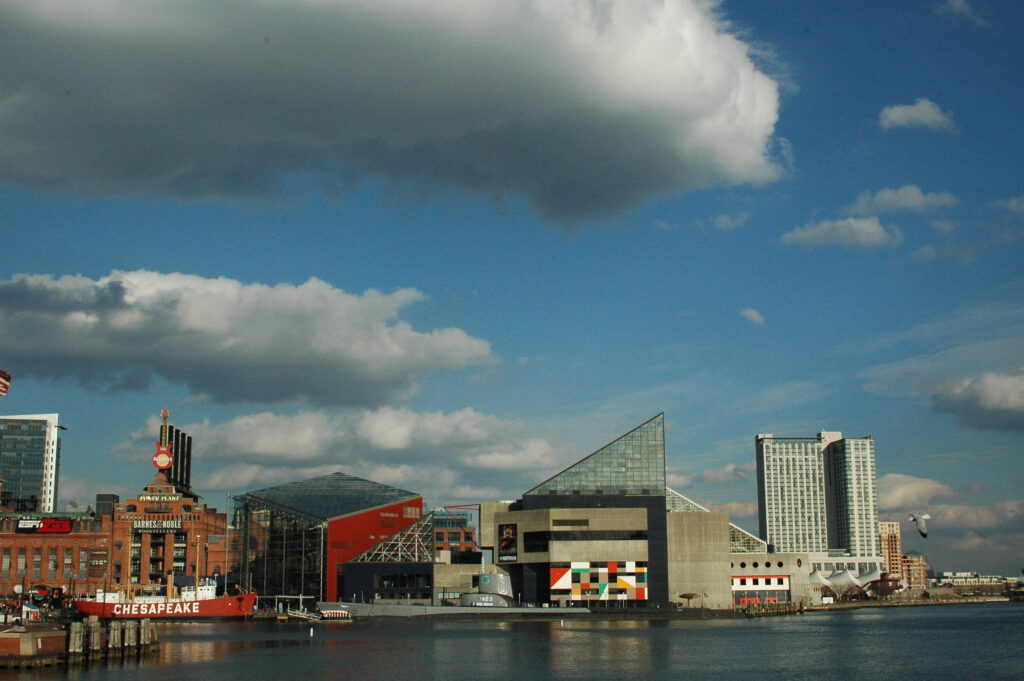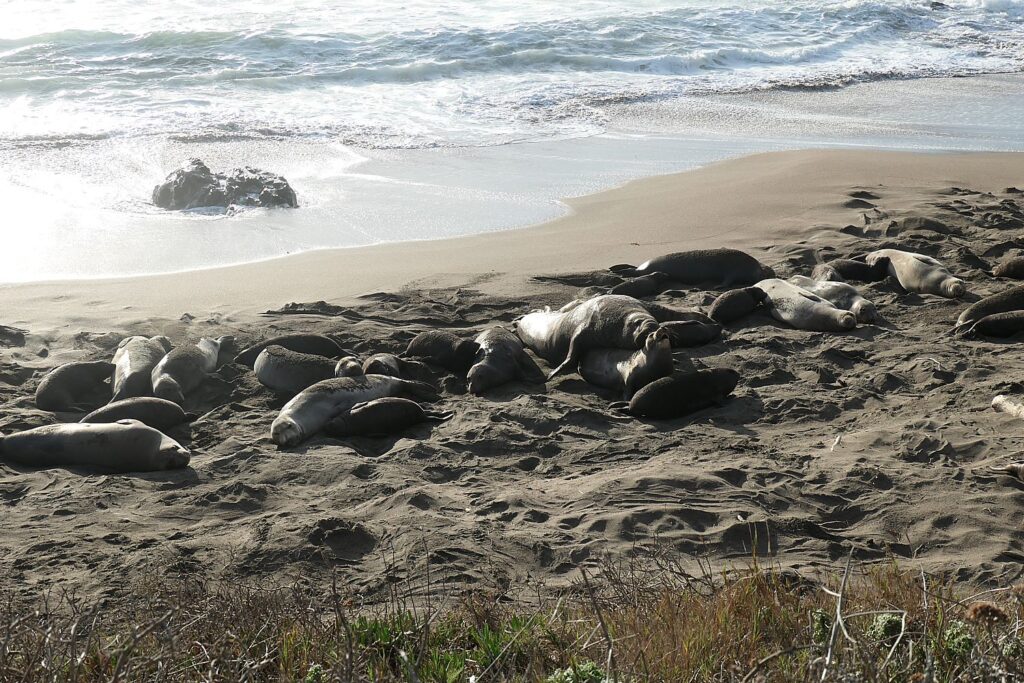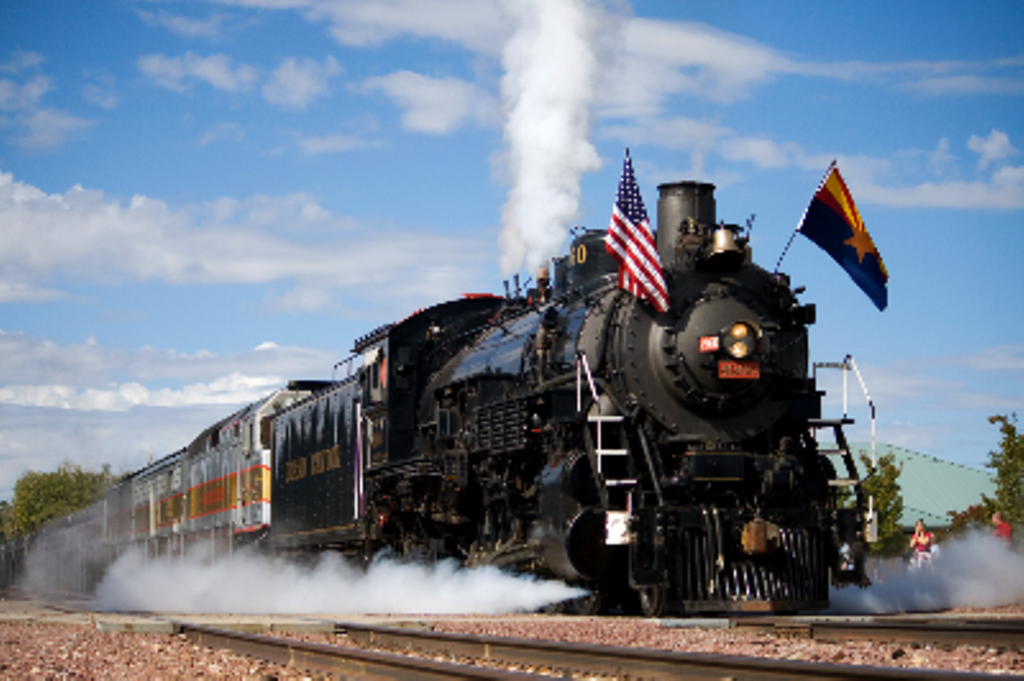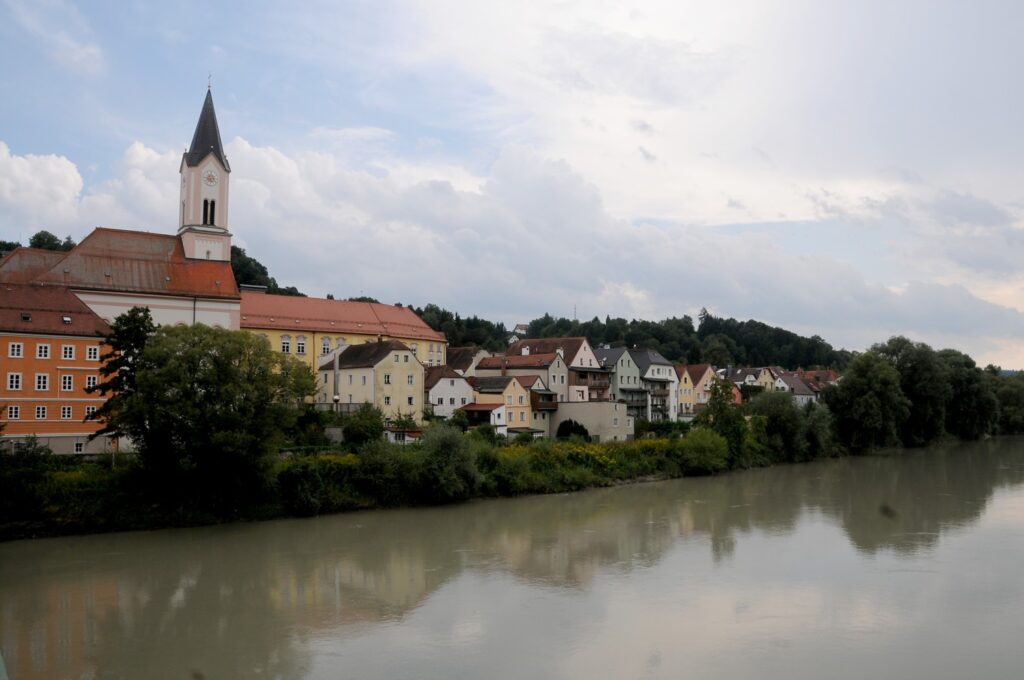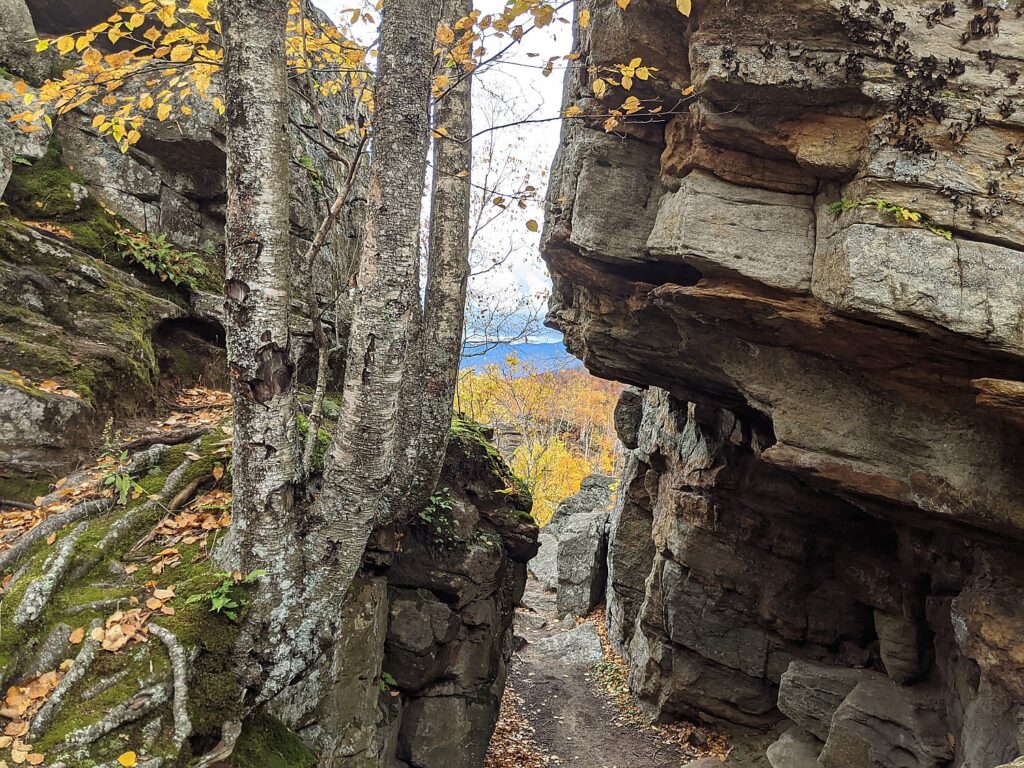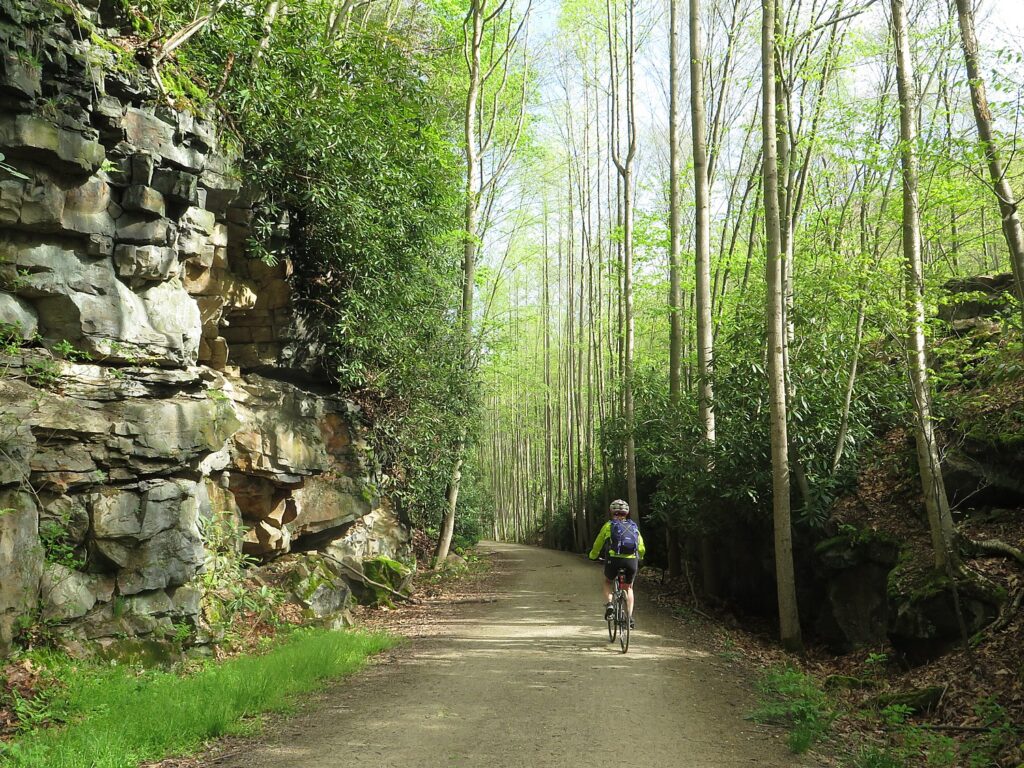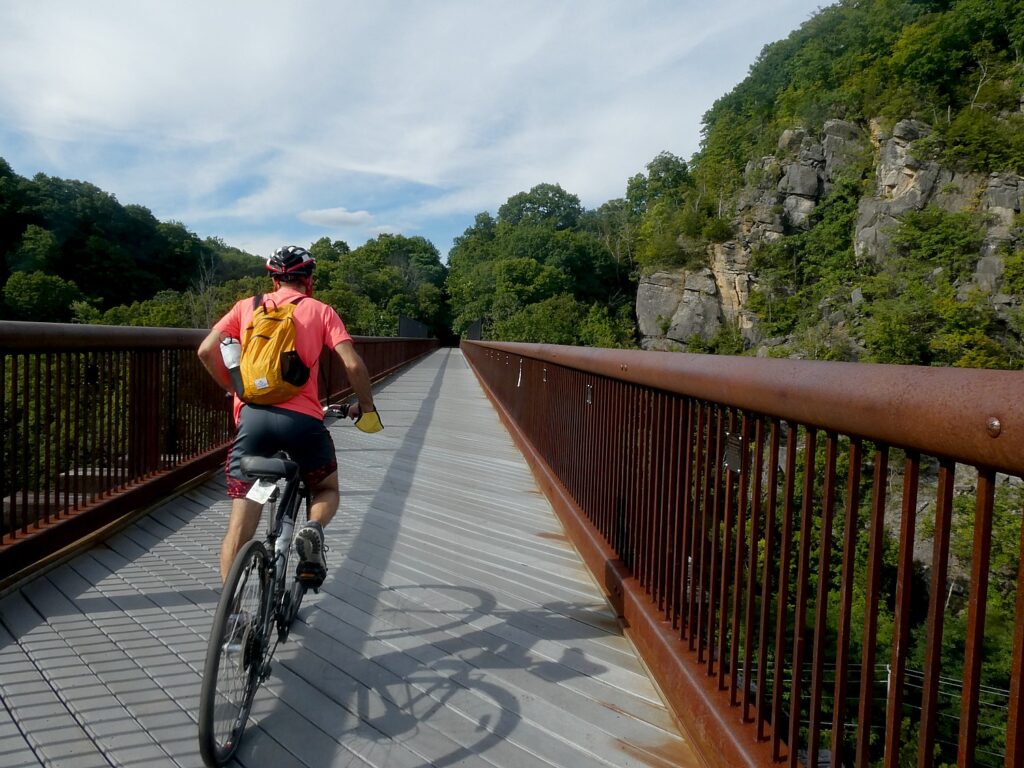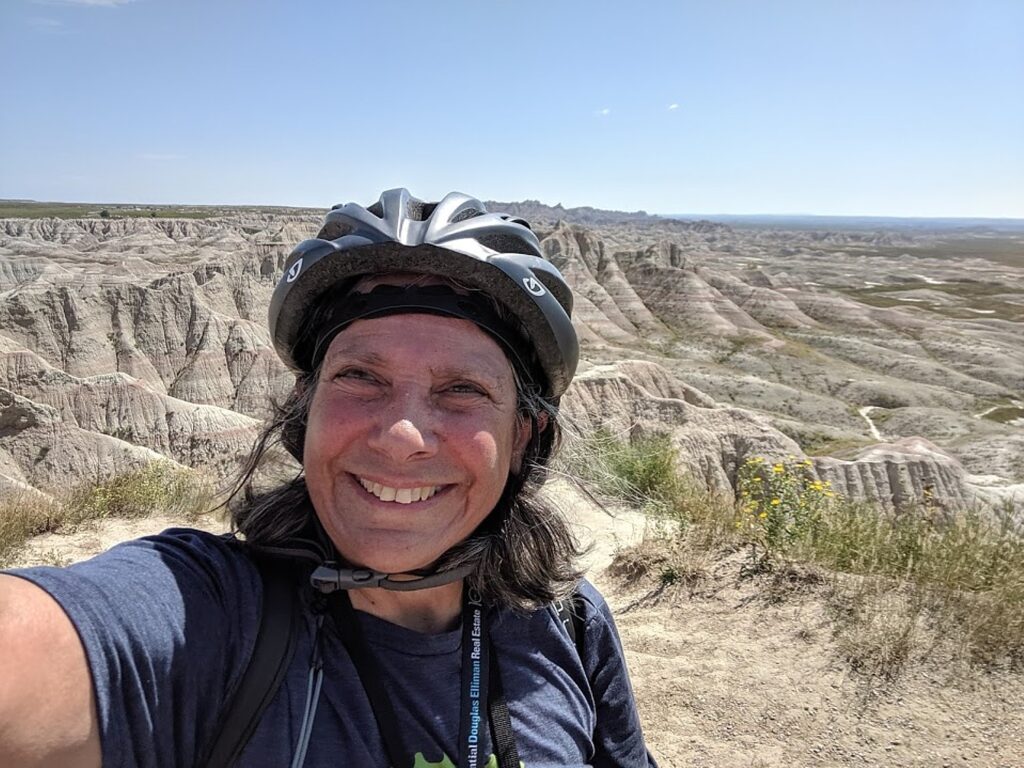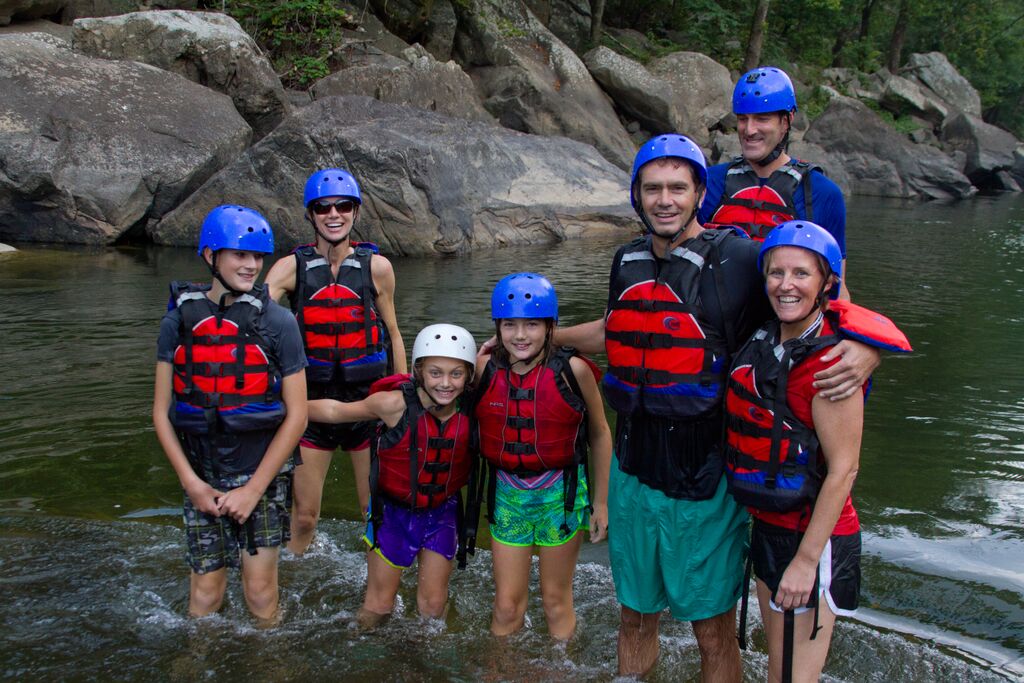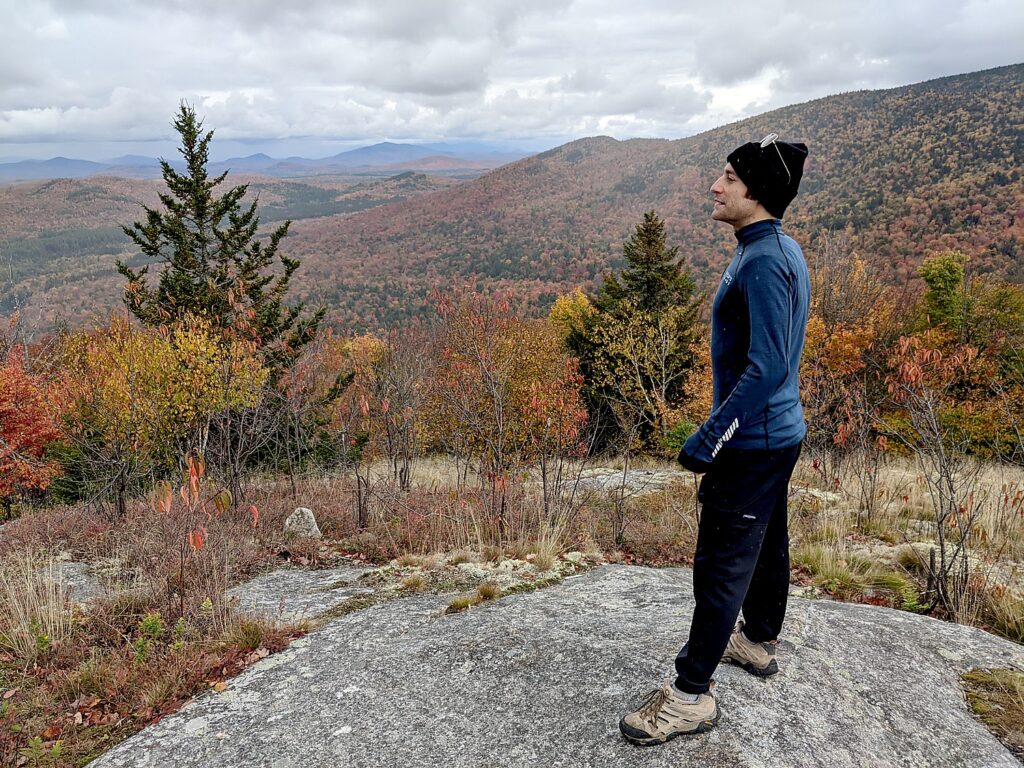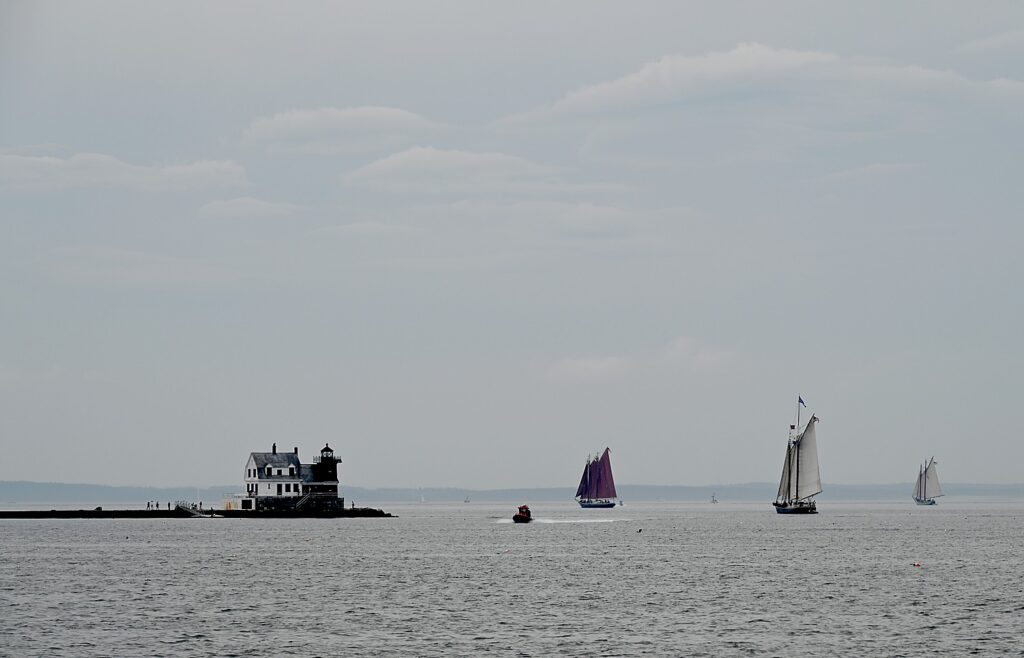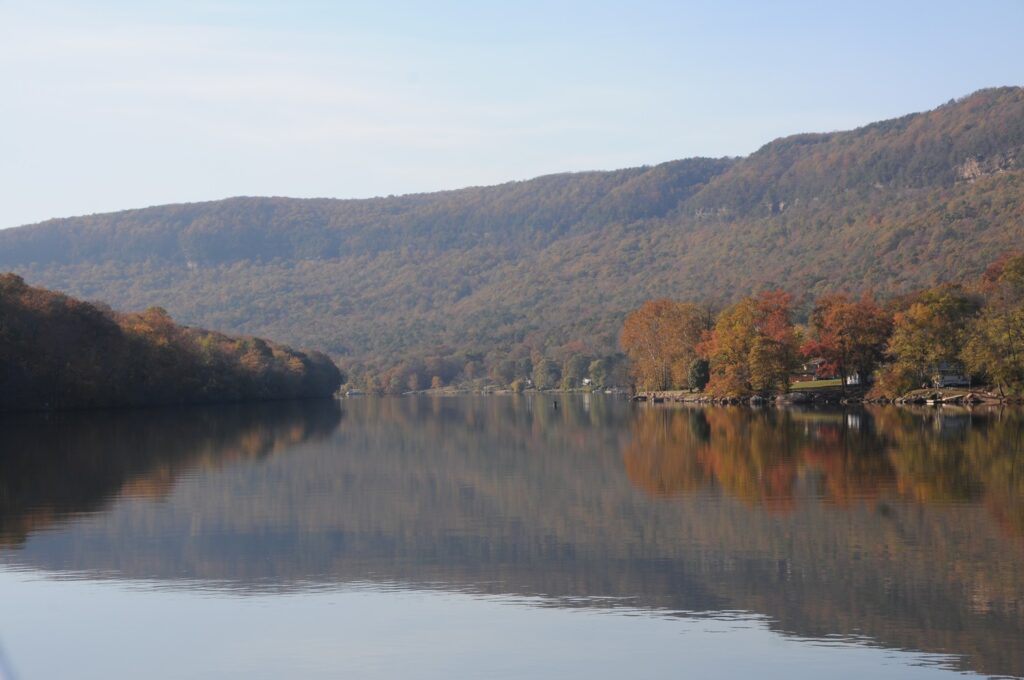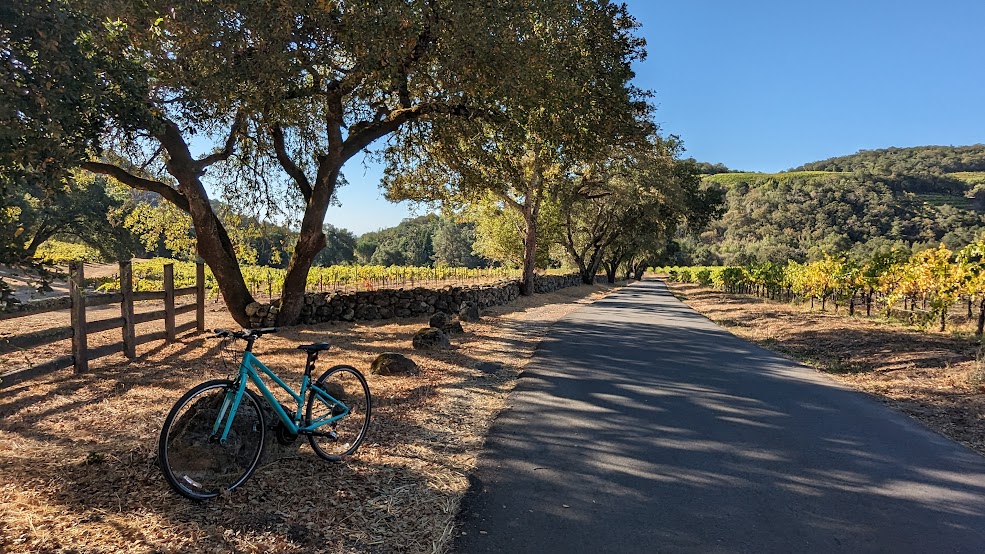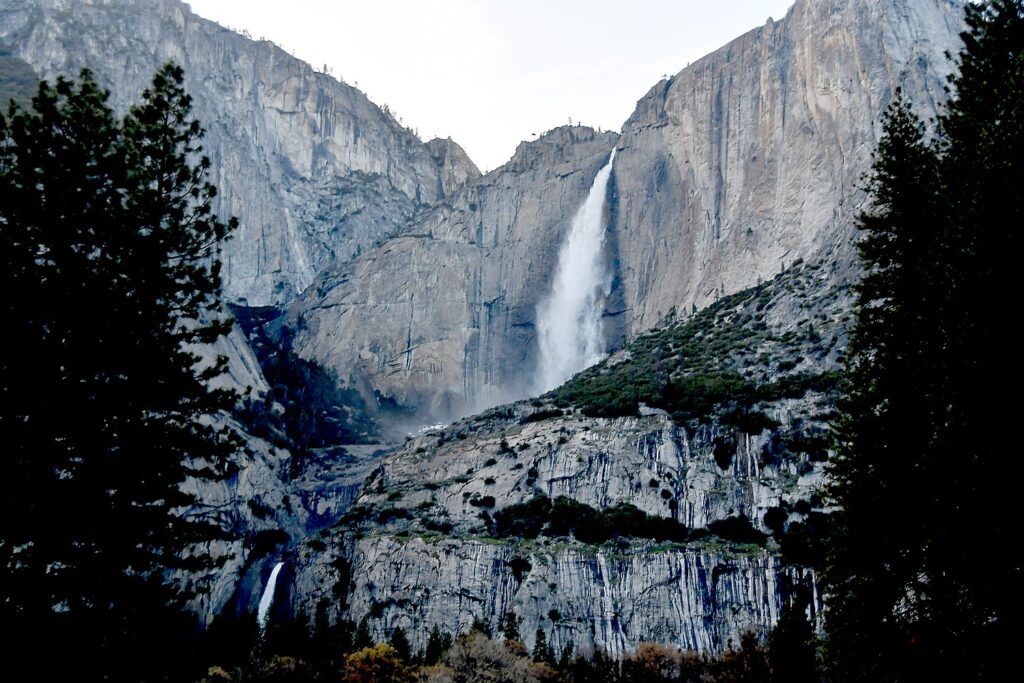
By Karen Rubin, Travel Features Syndicate, goingplacesfarandnear.com
Ikon Pass skiers and riders have 58 global destinations across 5 continents, 11 countries 17 states, 4 Canadian provides across the Americas, Europe, Australia, New Zealand, and Japan, totaling 179,197 skiable acres and 7,263 trails to explore for the 2024/25 season. This is the seventh season that the Ikon Pass has been available and passholders have a slew of added benefits as Peak Perks, which and access to travel consultants to help plan and arrange that trip to discover some new, exotic, far away destination. Among the new features:
More Friends & Family Discounts: Ikon Pass holders now get two additional Friends & Family discounts, for a total of 12 for the 24/25 winter season. Each Friends & Family discount provides a minimum of 25% off the single day lift ticket price posted for the day the discount is used to ski or ride at an eligible Ikon Pass destination.
Unlock $200 CAD/Day on a Heli-Skiing Adventure: Ikon Pass elevates your powder pursuit with a credit of up to $1,400 CAD to spend on a CMH Heli-Skiing experience. Go day heli-skiing at CMH Purcell any time during the 24/25 winter season or stay at any other CMH destination during December 2024 or April 2025 and get $200 CAD each day of your trip. Choose from multiple ways to spend your credit. Ikon Pass holders also get early booking privileges on winter heli-skiing trips, which often sell out ahead of time. In the summer, Ikon Pass holders get exclusive benefits on heli-hiking trips, (terms & conditions apply).
Exclusive Access to Travel Service: The Ikon Pass is designed so that it pays for itself after as few as five days of skiing, plus incentivizes passholders to take one long ski vacation and explore some further afield resort – across the country or on another continent. Many of the Ikon Pass resort participants report new skiers coming from long distance and abroad, while Americans can actually take advantage of resorts in the southern hemisphere – in Chile, New Zealand, Australia – to ski year-round.
Discount on Travel with Ikon Pass Travel: Ikon Pass Travel is an online travel planning service exclusively for members of the Ikon Pass community that offers the ability to seamlessly explore and book all aspects of adventure across Ikon Pass destinations. Browse and compare airfare, hotels, and activities across Ikon Pass destinations to create a vacation package or be matched with an Ikon Pass Travel specialist. (Terms and conditions apply.)
24/25 IKON PASS PRICING: There are different levels of pass which offer different benefits, from unlimited access to a list of resorts, to a number of days. Ikon Pass starting at $1,249; Ikon Base Pass starting at $869; Ikon Session Pass starting at $259.
For all Ikon Pass products and pricing, visit https://www.ikonpass.com/en/shop-passes.
For more information visit www.ikonpass.com.
Here’s a sampling of some of the improvements this season:
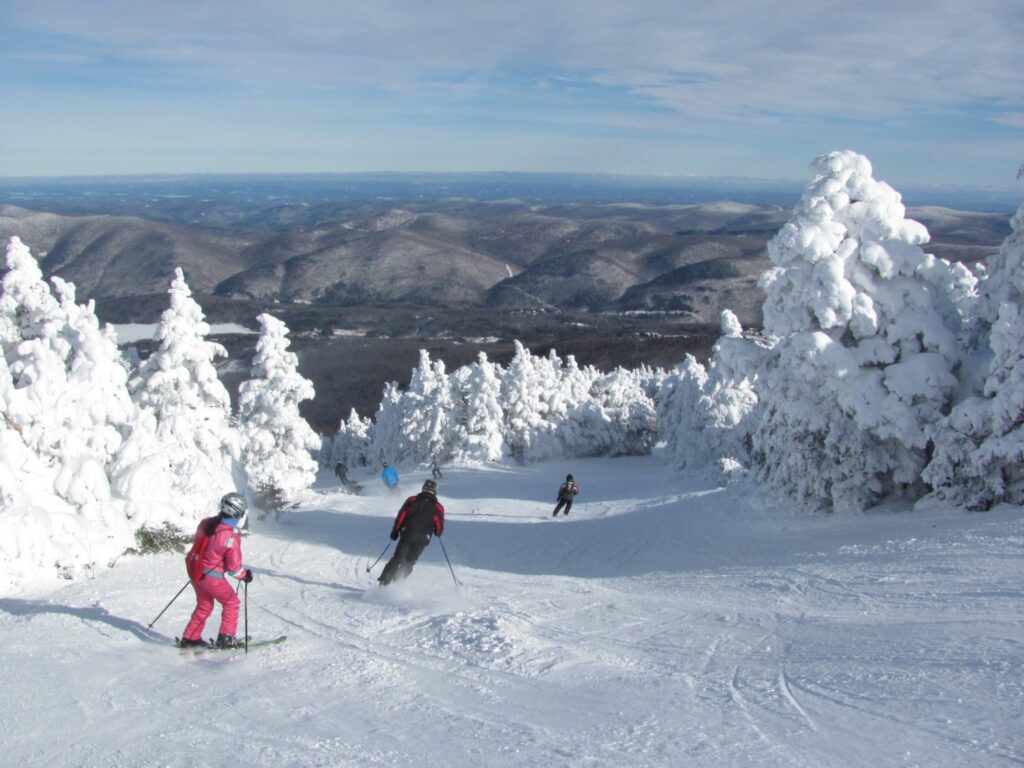
Vermont’s Killington Resort, the largest mountain resort in eastern North America, is making a $7 million investment in new energy efficient snow guns totaling 1,000 new pieces of equipment over the next two seasons. Located in the heart of Vermont’s Green Mountains, Killington Resort has earned its moniker “The Beast of the East” with four seasons of adventure spread across six peaks, plus Pico Mountain, which is its own self-contained ski in/out resort that is particularly great for families and intermediate skiers. With the most expansive snowmaking and lift system in eastern North America, Killington offers more than 200 trails and 92 miles of diverse snow sports terrain, including a world-class terrain park network and the longest season in the East. During the summer, Killington features a destination bike park with 30 miles of mountain biking trails, an 18-hole championship golf course, the family-friendly Snowshed Adventure Center, plus 15 miles of hiking trails. Killington is locally and independently owned (www.killington.com).
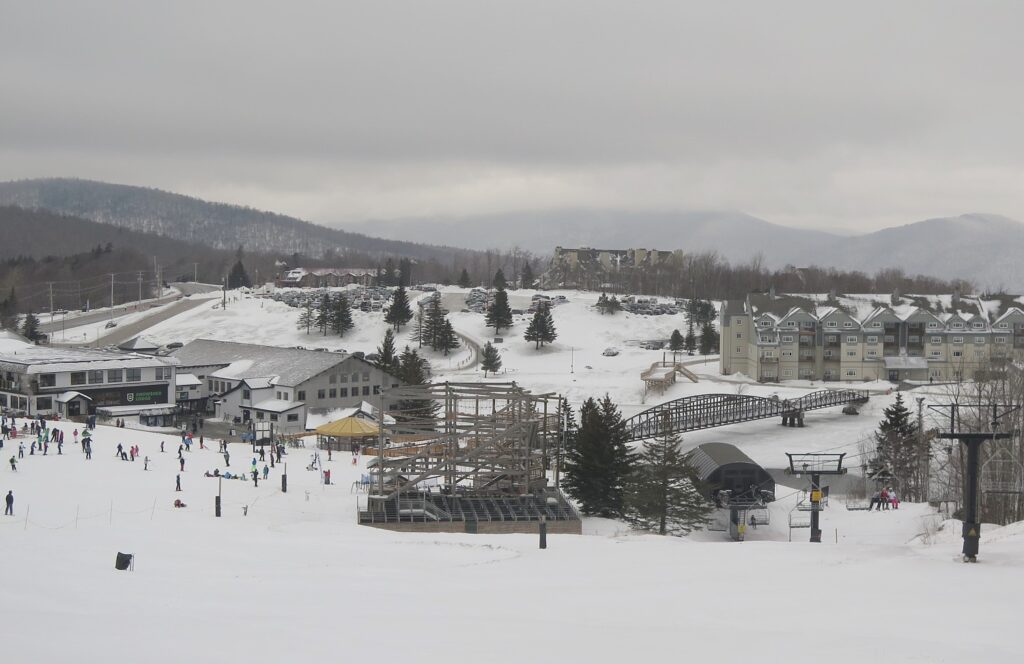
Stratton Mountain, Vermont, one of the New England favorites, is in the midst of a multi-year project to enhance snowmaking, in order to take advantage of shorter windows to make snow. The improvement will be most noticeable for intermediate skiers – the trails will open sooner and stay open later in the season. Being part of Alterra Mountain Co. and the Ikon Pass program has been a boon to skiers who were already Stratton devotees: they get their warm-ups in Stratton, then go for a big ski vacation to Steamboat, while Stratton is getting lots of passholders from further-afield. In addition, Alterra has invested in capital projects including modernizing the Ursa Lift to improve operational efficiency and maximize uphill capacity.
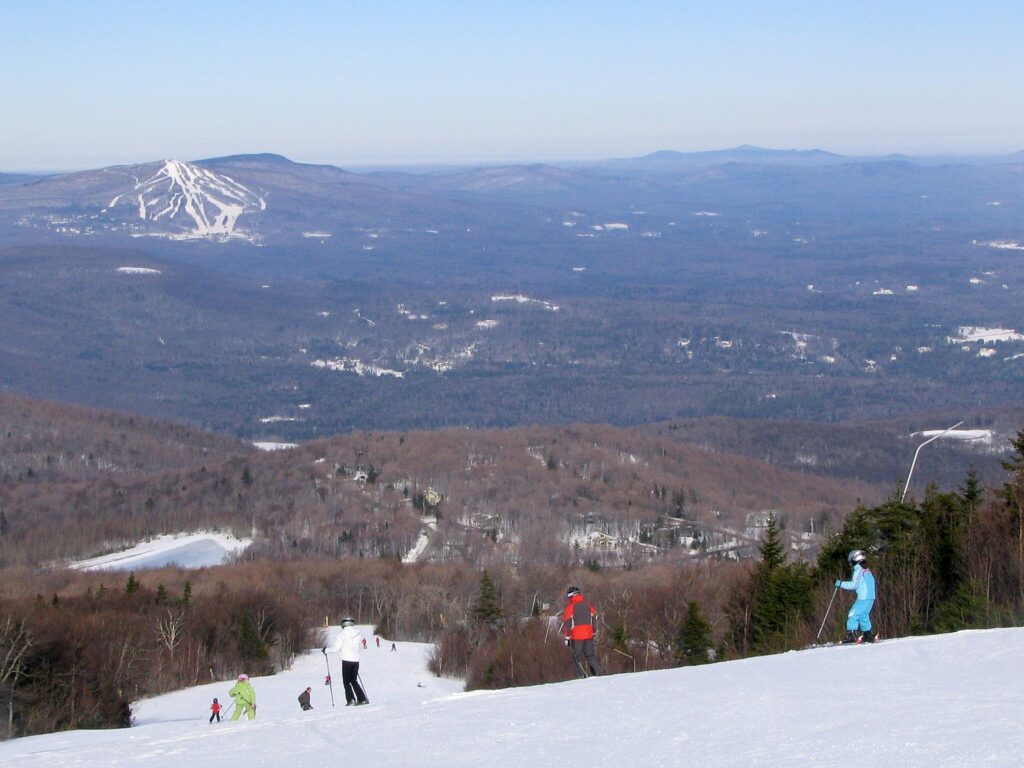
Tremblant, located 1 ½ hour drive from Montreal, a 50-minute flight from New York City, means that a New Yorker can actually be skiing on the mountain in less time than it takes to drive up to Vermont. This season, Tremblant has a new shuttle connecting Montreal Pierre-Elliott-Trudeau International Airport (YUL) to Tremblant, facilitating access and significantly reducing vehicular traffic. Tremblant offers the highest peak in the East and 305 hectares of skiing, 102 trails on four sides of the mountain. The Canadian resort has been part of Ikon since 2017 – and is just the sort of discovery that Ikon Pass holders can take advantage of – to enjoy its French Canadian ambiance and international feel. Everything walking distance. You take the gondola from the pedestrian village to the summit. The four-season resort village offers 13 hotels (1500 beds),25 restaurants, 4 bars. You can even ski in summer, on synthetic surface (new) aimed at introducing beginners. There is also hiking, and a Sound & Light show in the woods accessed by the chairlift.
Winter Park Resort, Colorado, is completing a $37 million snowmaking upgrade, doubling capacity and creating broader early-season snow coverage which will enable Winter Park to have one of the longest winter seasons in Colorado.
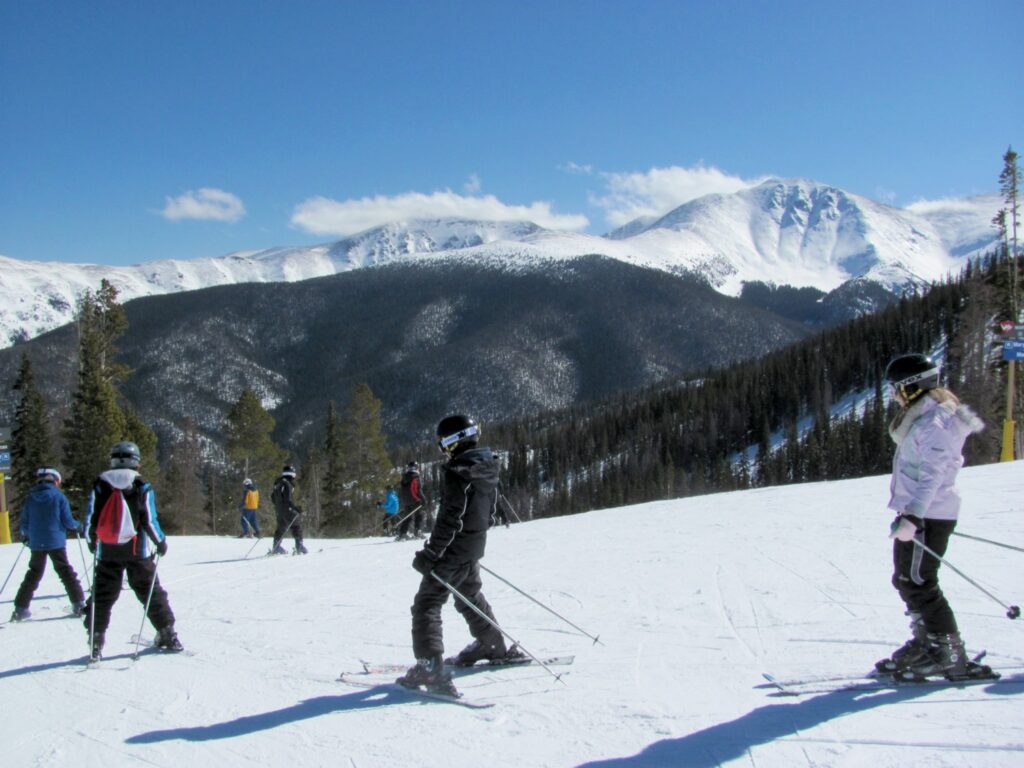
Recognized as both family and beginner friendly, Winter Park is offering Kids Ski Free and Rent Free – every kid 14 and younger signed up for a Winter Park Ski and Ride School lesson receives a complementary lift ticket for the day (must book by Nov. 29, 2024), plus a free ski or snowboard rental with a three-day adult gear rental package. Beginners take advantage of a new learn-to-ski guarantee where if by the end of your third lesson, you can’t ski the 10 green trails your fourth lesson is free. Back this season, 60-Minute Pro Tip lessons. Upgraded Eagle Wind trail signs – as part of “Heniiniini: There is Snow on the Ground” public art installation, with the help of an Arapaho linguist, more Eagle Wind trail signs have been translated into native Arapaho language.
Less than 70 miles from Denver, Winter Park is accessible by the Winter Park Express Amtrak train from Denver Union Station direct to the ski resort on weekends during ski season. Flanked by the dramatic Continental Divide, Winter Park Resort receives some of the state’s most consistent snowfall across its 3000+ acres of world-class terrain and has been voted USA Today’s #1 Ski Resort in North America multiple years. During summer, the resort is home to renowned Trestle bike park, and has been nominated as Colorado’s Top Adventure Town. For more information, visit www.winterparkresort.com.
Steamboat, Colorado, which celebrated its 60th anniversary two years ago, boasts a rich Western heritage in vibe, culture and ambiance. Located in the northwest corner of Colorado, its nearby Hayden Airport has direct service from 16 airports on six carriers (during ski season, less frequent service other times). Steamboat is Colorado’s second largest ski resort after Vail – the resort had a “serious” expansion in 2023, adding 650 acres of expert terrain in the popular “side country” accessed by a new Mahagony Ridge lift. Steamboat is paradise for intermediate skiers’ and its Sunshine Bowl is particularly popular with families. Last year, Steamboat opened a gondola from its base to the summit of the mountain with the most blue terrain and a dedicated learning area.
This season Taos Ski Valley skiers will benefit from nearly$1 Million in upgraded snowmaking, grooming, and lift maintenance, as well as a new ski and snowboard rental fleet. Also the Eis Haus ice skating rink will have evening ice skating for $25, including rentals.
Also, there are new Snowsports packages:
- The Blake Experience Ski Week Package for two: includes 5 half days of instruction (Sunday-Friday), 2 5-day lift tickets, 5 nights of accommodations at The Blake, 5-day demo rentals from Taos Sports, and a $30 credit for breakfast at 192 at The Blake each morning per person (from $2600);
- New Teen Ski Weeks, designed for teens and college students, providing 6-day lessons, during peak holidaysChristmas, MLK week, President’s Day, and Spring Break.
- Children’s value three-day lesson packages that provide discounts over two-day packages, including
- Children’s First Timer package and Children’s Intermediate and Advanced package.
- Full-day, private lesson/mountain guide for up to four people, for a truly specialized and personalized Taos ski experience, $950, $50 for each additional person.
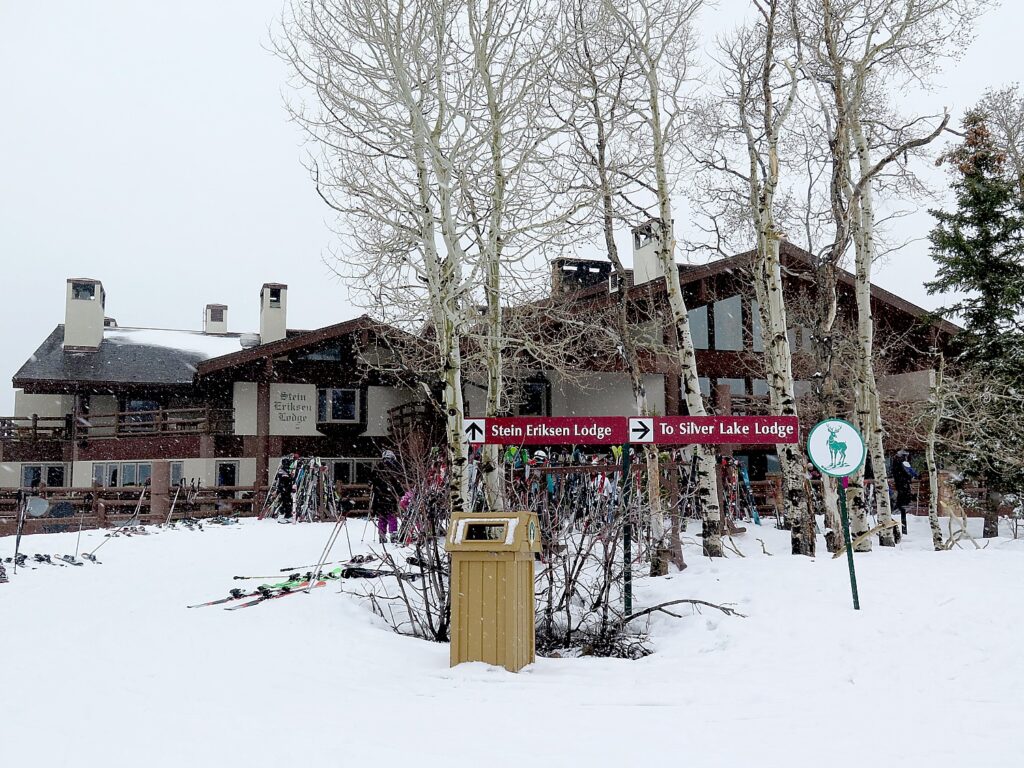
Deer Valley in Park City, Utah, is set for a massive expansion, nearly doubling existing terrain to 5,700 skiable acres when it is done (3,700 more skiable acres than the original). This is because the resort acquired neighboring wilderness that was set to be developed. The first part of the expansion will open this season: 300 new skiable acres and three lifts will open this season including the Keetley Express – a six-person chairlift with a bubble, connecting the new Deer Valley East Village to the existing Deer Valley terrain, dropping skiers off near the bottom terminal of the Sultan Express chairlift on Bald Mountain. The additional two chairlifts, Hoodoo Express and Aurora, will service new beginner-level ski trails and provide return access to the new Deer Valley East Village. The 500 additional day-skier parking spots this winter season will create an alternative arrival option via U.S. Route 40, helping to reduce traffic throughout Park City. Next year, the plan is to open six more lifts including a 10-person gondola, and 700 more parking spots. But even with the expansion, we are assured, Deer Valley’s quaint, intimate, luxurious, European charm (and its ski-only policy) the so-called “Deer Valley Difference” that skiers have enjoyed since the resort opened in 1981, will be maintained.
Sun Valley Resort, Idaho is a year-round exclusive four-star resort tucked away in the wilderness affording 3400 vertical feet, 2500 skiable acres in winter. This season, it has a new six-person Seattle lift enhancing the experience on Bald Mountain. Sun Valley is hosting the World Cup Final in March – its first in decades. The nearby airport, 11 miles drive in Paley Idaho, gets direct flights from Seattle, SF, LA, Salt Lake, Denver, Chicago.
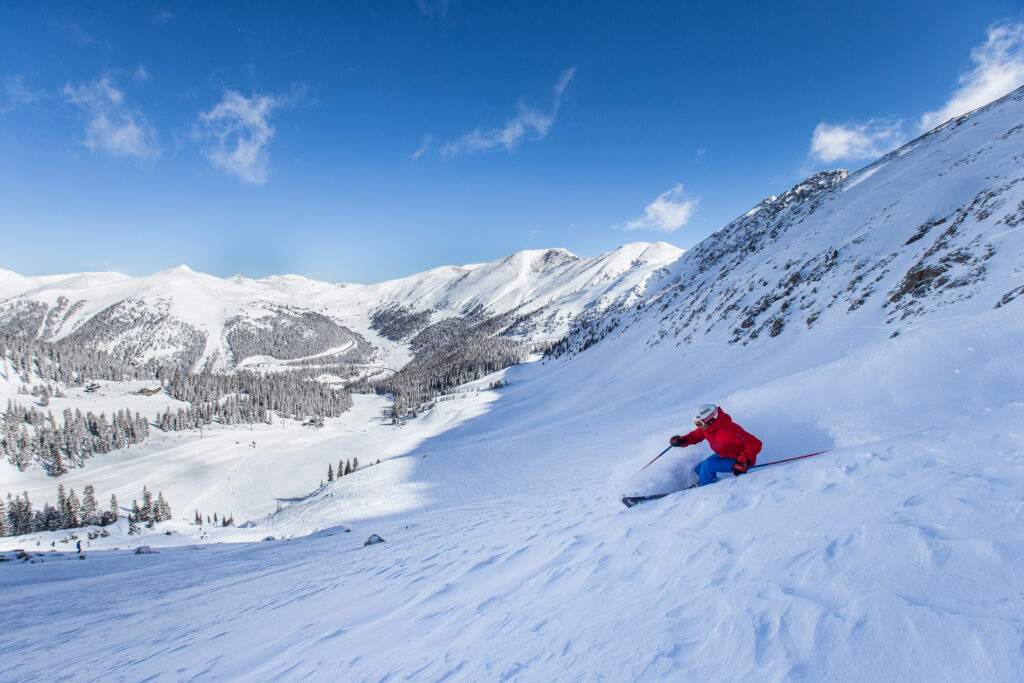
Arapahoe Basin, in Colorado, is proud that this will be its first season operating as a net-zero carbon footprint. The ski area, which has no on-mountain lodging (people stay in Keystone, Dillon and Silverthorne) is instituting parking reservation system holidays and weekends to preserve the on-site experience. A-Basin joined Ikon in 2019, and its owner, a large commercial real estate company in Canada, has entered into agreement to be acquired by Alterra. “Now we will be owned by a company that does what we do best.”
Mt. Batchelor, Oregon, is famous for having one of the longest ski seasons in the country – in May, you can ski until 1 pm and then go for a round of golf. The mountain – once a volcano – is great for intermediate skiers, who can ski 360 degrees around on undulating trails. The mountain area (it does not have on-mountain lodging) is 30 minutes from Bend, Oregon, with a marvelously family-friendly town of 100,000. The ski area offers child care year-round. There is direct air service from Denver, Salt Lake City, Los Angeles and San Francisco.
Big Sky Resort, Montana, is now more accessible with expanded air service to Bozeman Yellowstone International Airport (BZN) this winter including new JetBlue Mint service from New York (JFK) and Boston (BOS), Friday, Saturday, and Sunday, provides fully lie-flat beds, artisanal dining, priority boarding, and two complimentary checked bags. There is service from 19 cities including from Los Angeles, Boston, New York (EWR), Chicago, Seattle, Dallas, Denver, and Washington DC that touch down before noon, so skiers can be on the slopes the same afternoon.
The recently expanded airport is located 50 miles from Big Sky Resort, with 5,850 acres of terrain, 38 chairlifts, and 300 degrees of skiing off the iconic Lone Peak. Skiers this year will benefit from the new Madison eight-person chairlift – the longest eight-seat chairlift in the world – with heated seats and bubble, that replaces a six-pack on the North Side, doubles uphill capacity and reduces ride time from 12 minutes to 8 minutes.
More Highlights:
Ikon Passholders also will benefit from new lifts at Sugarbush, Copper Mountain, Snowmass, Jackson Hole Mountain Resort, Alta Ski Area, Snowbird, The Highlands, Bear Mountain, Mammoth Mountain, Banff Sunshine, Lake Louise Ski Resort, Niseko United, and Dolomiti Superski (celebrating its 50th anniversary with the replacement of 9 chairlifts and gondolas across Kronplatz, Alta Badia, Val Gardena-Alpe di Siusi, Val di Fassa-Carezza, Arabba-Marmolada, 3 Cime and San Martino di Castrozza-Passo Rolle).
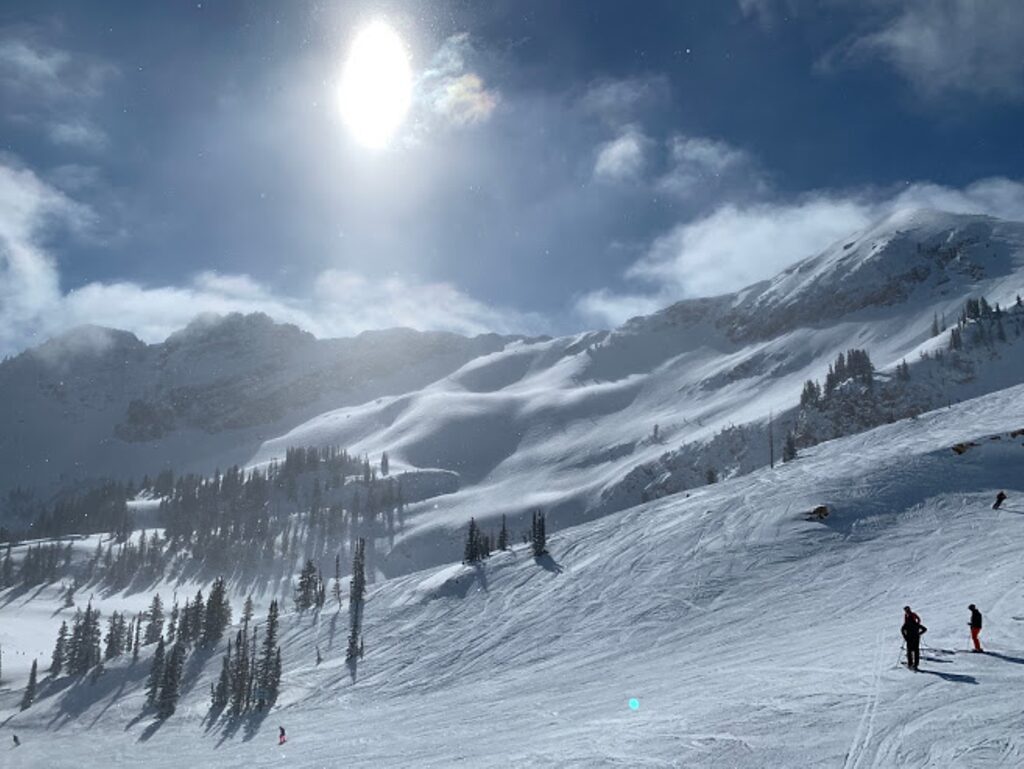
Ikon Pass resorts that will have new and expanded terrain include Snowbasin, Mt. Norquay, Boyne Mountain Resort and Arai Snow Resort which is expanding its avalanche-controlled freeriding zones, checked daily for avalanche risks to ensure an off-piste experience all within the margins of safety.
In addition to Winter Park other notable upgrade efforts are underway at Stratton, Sugarbush, Big Bear Mountain Resort, Palisades Tahoe, Mammoth Mountain, Loon, Dolomiti Superski, Boyne Mountain, Alyeska Resort, and Copper Mountain.
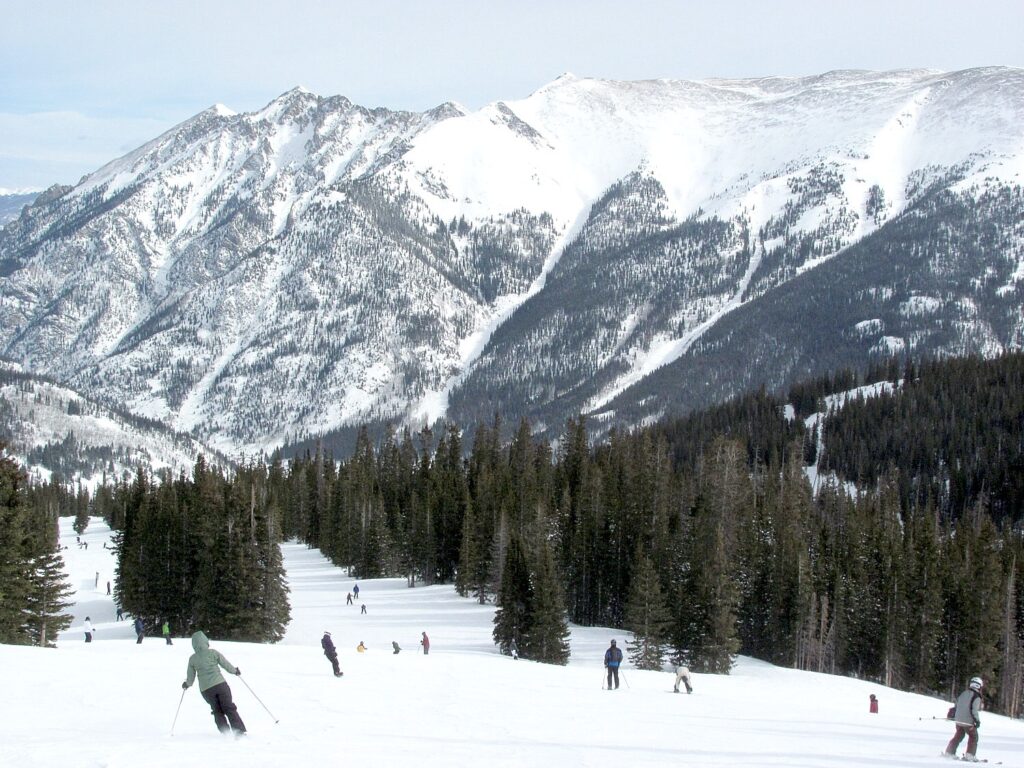
Ikon Pass holders will also have access to new lodges this winter as well as new luxury amenities, redesigned on-mountain facilities, and delicious new culinary offerings – all designed to enhance the on-site experience. Among them: Loon Mountain, Crystal Mountain, Mammoth Mountain, Eldora. Also:
Alyeska Resort is opening the Black Diamond Club, a hotel-within-a-hotel concept designed and curated for discerning guests searching for the utmost in luxury, service, and amenities.
CMH Heli-Skiing & Summer Adventures’ luxurious Valemount Lodge has a new dedicated spa building, featuring a hot tub, cold plunge pool, sauna, massage room, sitting lounge, and fitness/stretch studio. Celebrating 60 years of heli-adventures, CMH Heli-Skiing & Summer Adventures is the world’s first and largest heli-skiing and heli-accessed hiking operator. At more than 3 million acres, the total CMH tenure is one-third the size of Switzerland. From its head office in Banff, Alberta, CMH operates from 11 destinations located in the Bugaboo, Purcell, Selkirk, Monashee and Cariboo ranges of British Columbia, Canada. Heli-skiing takes place each year from December through April, and CMH Summer Adventures take place from July to early-September (cmhheli.com and cmhsummer.com)
Presented by Alterra Mountain Company, the list of participating Ikon Pass resorts includes: Aspen Snowmass, Steamboat, Winter Park, Copper Mountain Resort, Arapahoe Basin, and Eldora Mountain Resort in Colorado; Palisades Tahoe, Mammoth Mountain, June Mountain and Big Bear Mountain Resort and Snow Valley in California; Jackson Hole Mountain Resort in Wyoming; Big Sky Resort in Montana; Alyeska Resort in Alaska, Stratton, Sugarbush Resort, and Killington in Vermont; Windham Mountain Club in New York; Snowshoe in West Virginia; The Highlands and Boyne Mountain in Michigan; Crystal Mountain and The Summit at Snoqualmie in Washington; Mt. Bachelor in Oregon; Sun Valley and Schweitzer in Idaho; Tremblant in Quebec and Blue Mountain in Ontario, Canada; SkiBig3 in Alberta, Canada; Revelstoke Mountain Resort, RED Mountain, Cypress Mountain, Panorama Mountain Resort and Sun Peaks Resort in British Columbia, Canada; Sunday River and Sugarloaf in Maine; Loon Mountain in New Hampshire; Camelback Resort and Blue Mountain Resort in Pennsylvania, Taos Ski Valley, New Mexico; Deer Valley Resort, Solitude Mountain Resort, Brighton Resort, Alta Ski Area, Snowbird and Snowbasin in Utah.
Also, Chamonix Mont-Blanc Valley in France, Dolomiti Superski in Italy, Grandvalira Resorts Andorra in Andorra, Kitzbühel in Austria, Zermatt in Switzerland; Thredbo and Mt Buller in Australia; Coronet Peak, The Remarkables, Mt Hutt in New Zealand; Niseko United and Arai Snow Resort in Japan, and Valle Nevado in Chile. Special offers are available at CMH Heli-Skiing & Summer Adventures, the world’s largest heli-skiing and heli-accessed hiking operation. For more information, visit www.ikonpass.com.
Alterra Mountain Company is a family of iconic year-round mountain destinations, the world’s largest heli-skiing operation, and Ikon Pass, including Steamboat and Winter Park in Colorado; Palisades Tahoe, Mammoth Mountain, June Mountain, Big Bear Mountain Resort and Snow Valley in California; Stratton Mountain and Sugarbush Resort in Vermont; Snowshoe Mountain in West Virginia; Tremblant in Quebec and Blue Mountain in Ontario, Canada; Crystal Mountain in Washington; Schweitzer in Idaho; Deer Valley Resort and Solitude Mountain Resort in Utah; and CMH Heli-Skiing & Summer Adventures in British Columbiaand Ski Butlers, a global leader in ski and snowboard rental delivery. For more information, visit www.alterramtn.co.
_______________________
© 2024 Travel Features Syndicate, a division of Workstyles, Inc. All rights reserved. Visit goingplacesfarandnear.com and travelwritersmagazine.com/TravelFeaturesSyndicate/. Blogging at goingplacesnearandfar.wordpress.com and moralcompasstravel.info. Visit instagram.com/going_places_far_and_near and instagram.com/bigbackpacktraveler/ Send comments or questions to [email protected]. Tweet @TravelFeatures. ‘Like’ us at facebook.com/NewsPhotoFeatures
